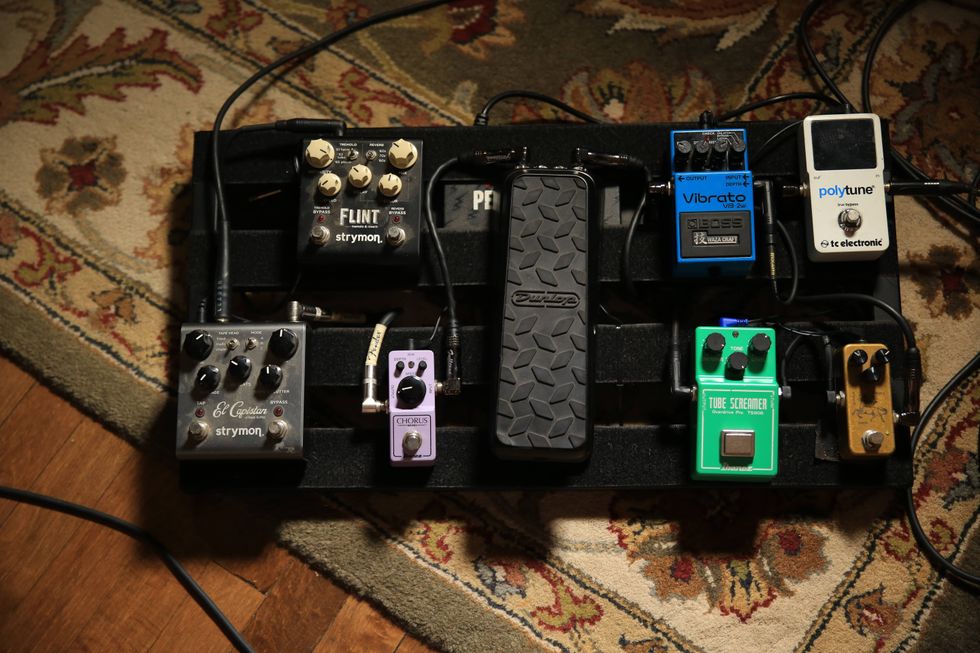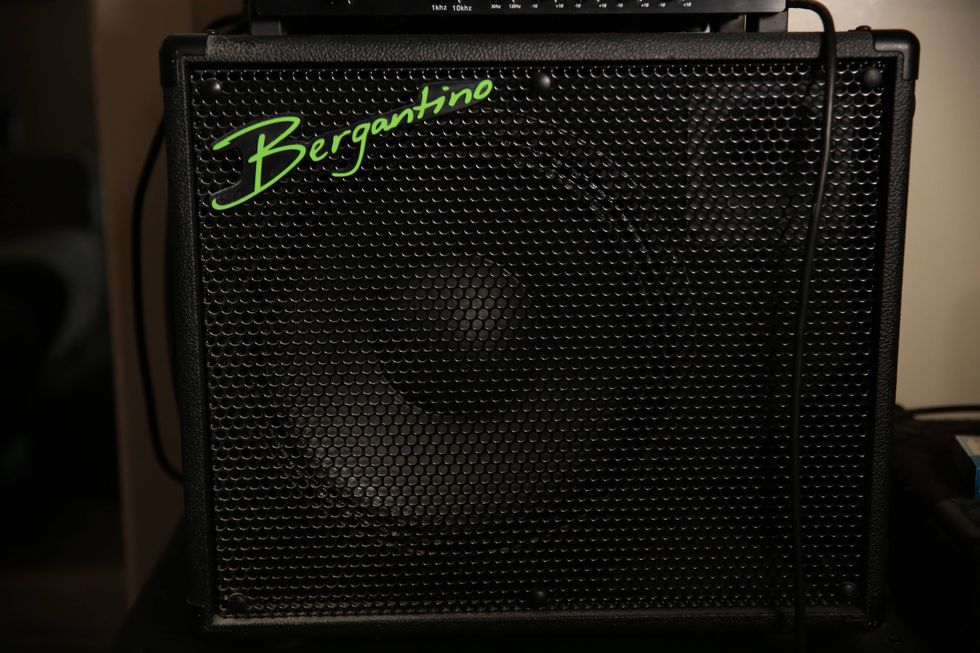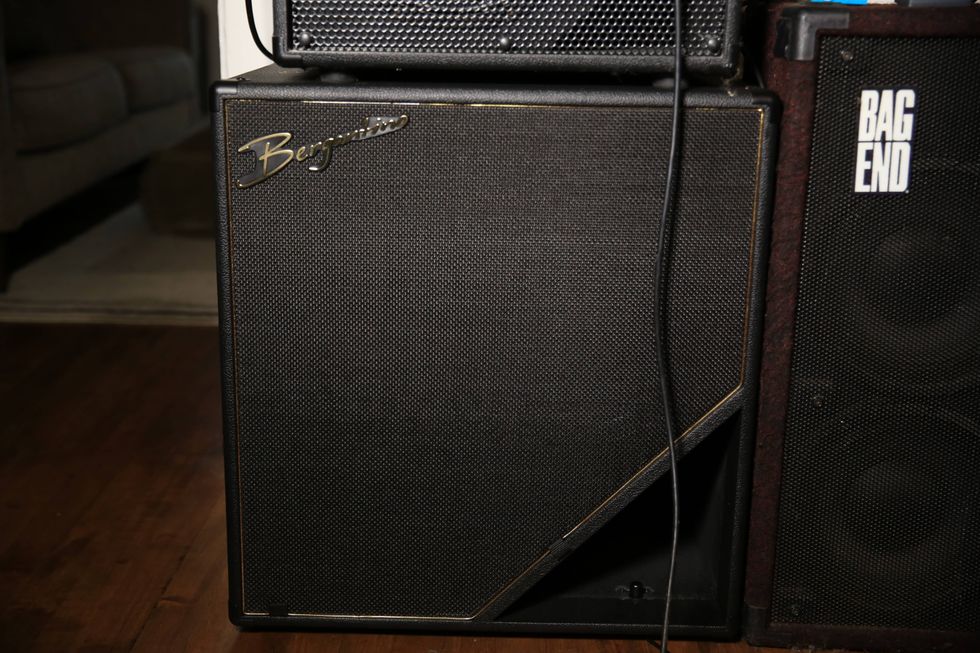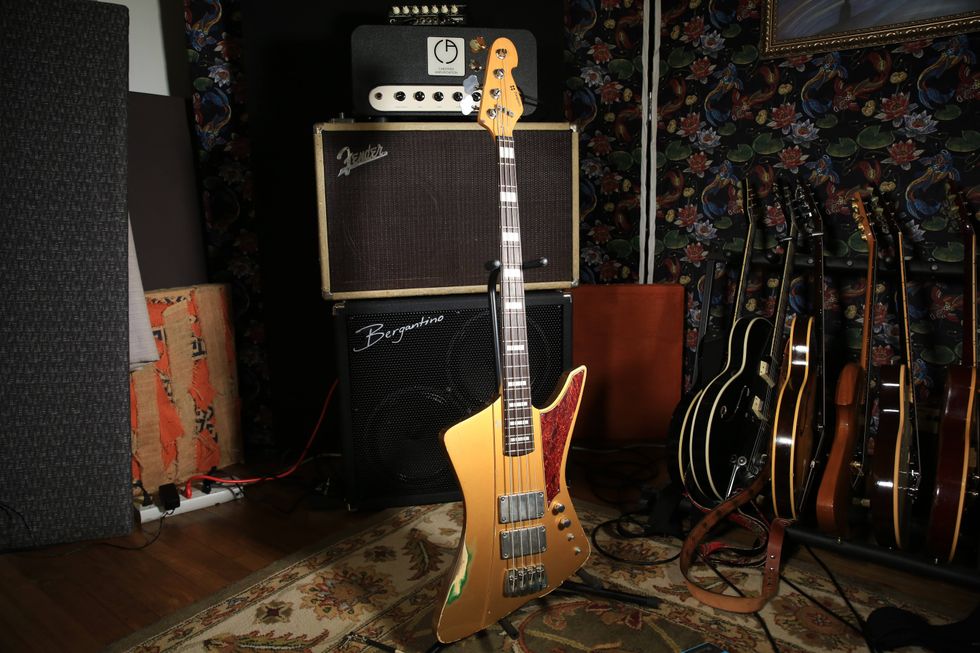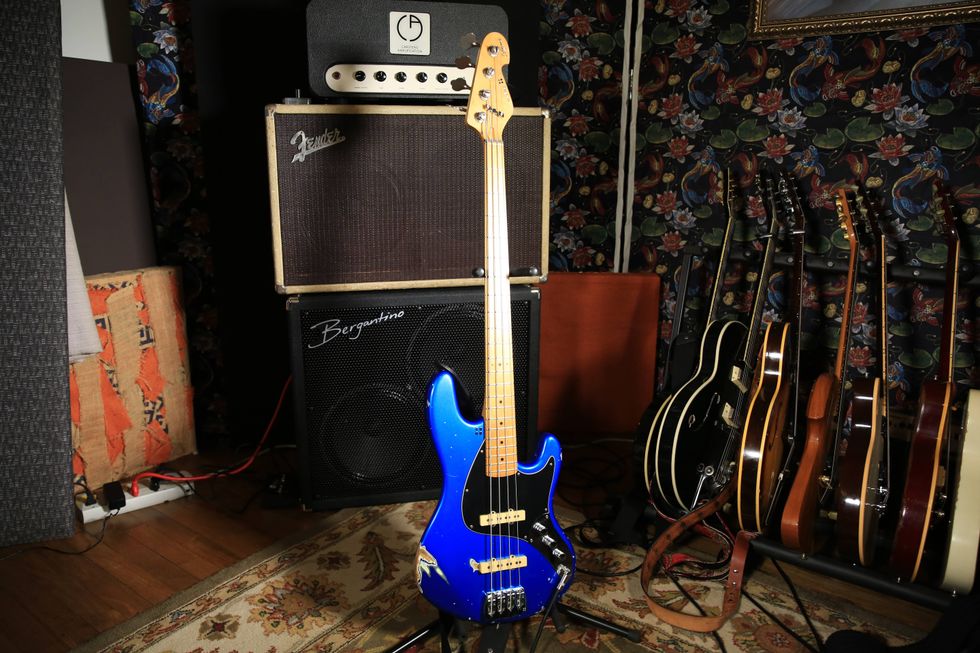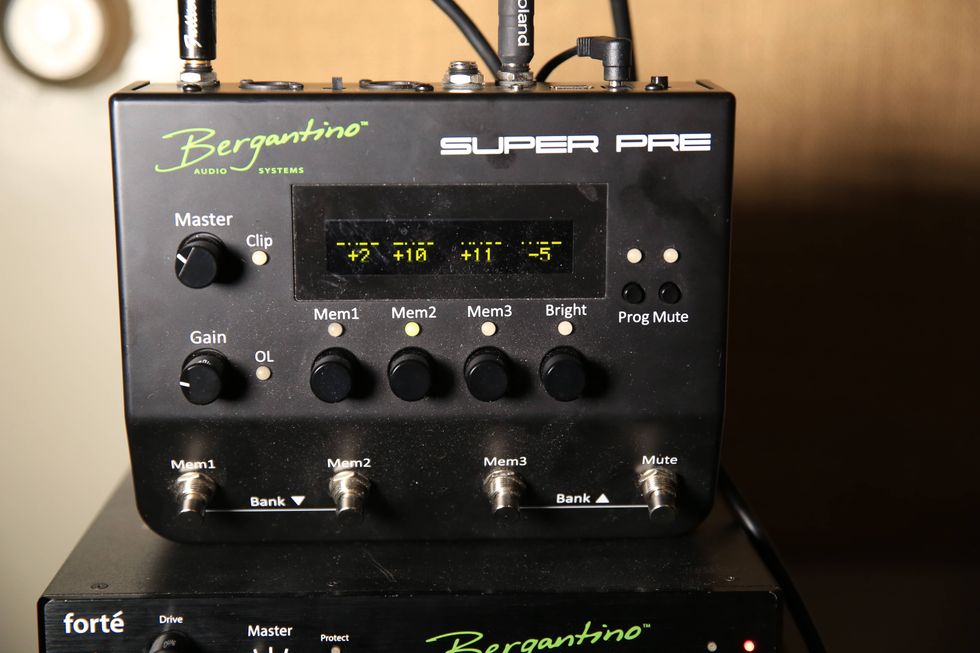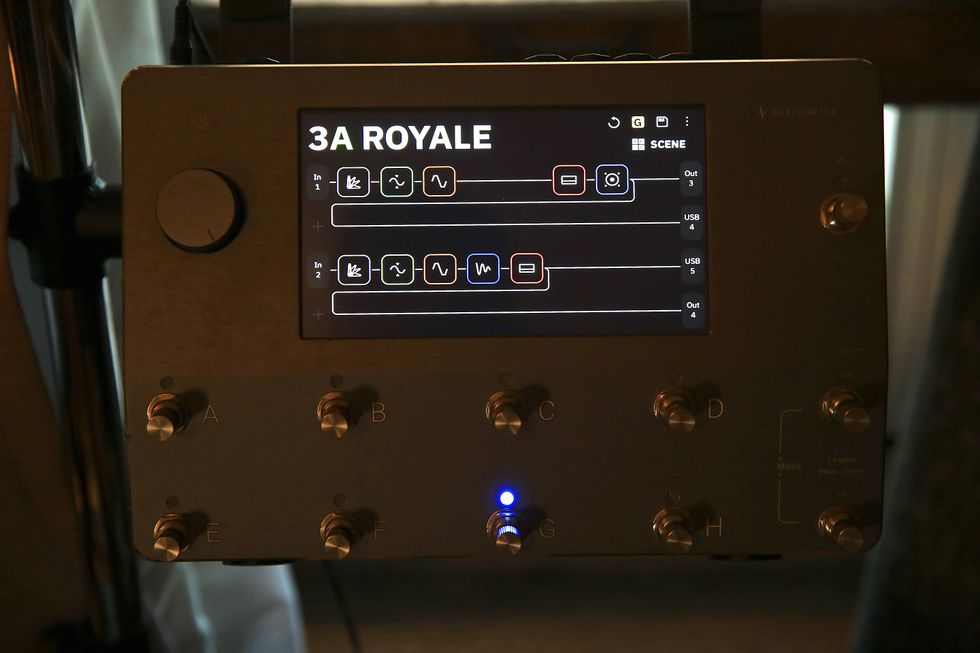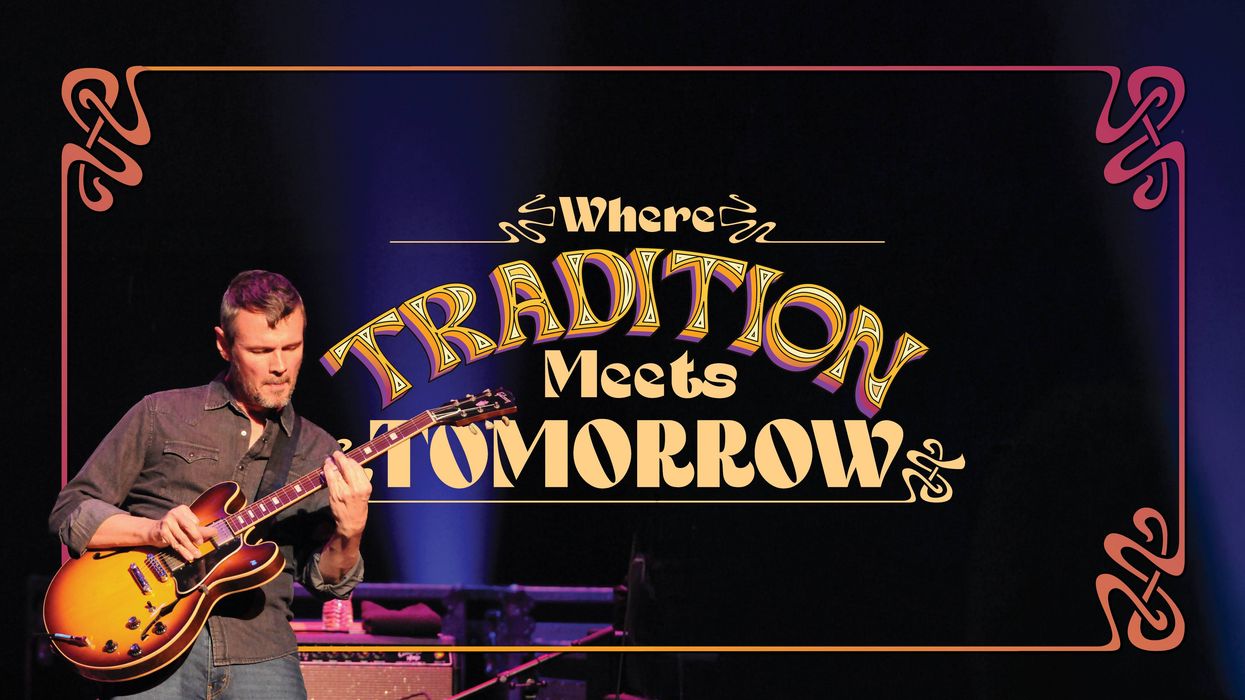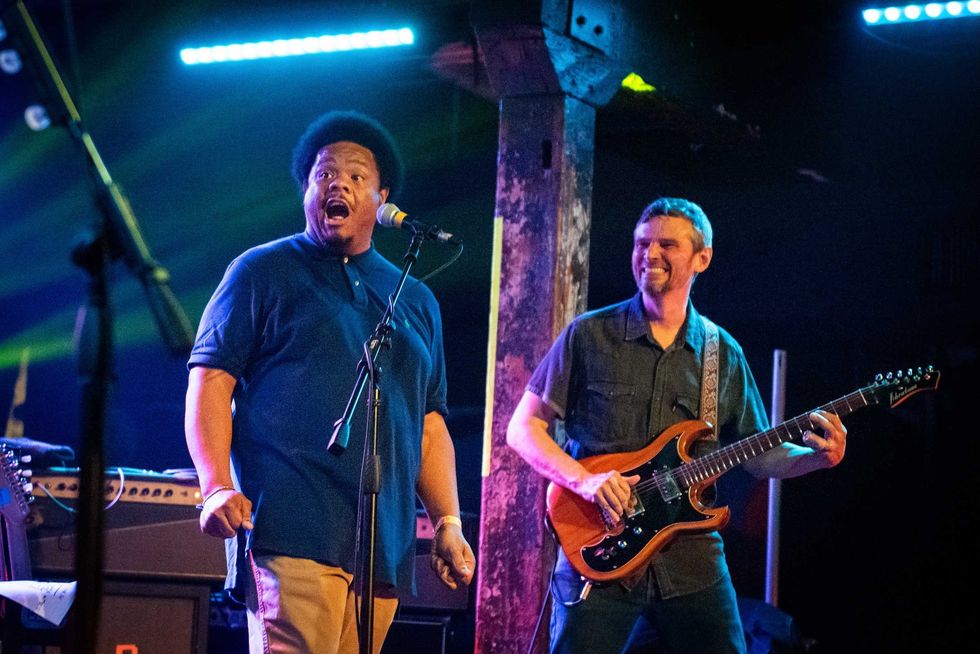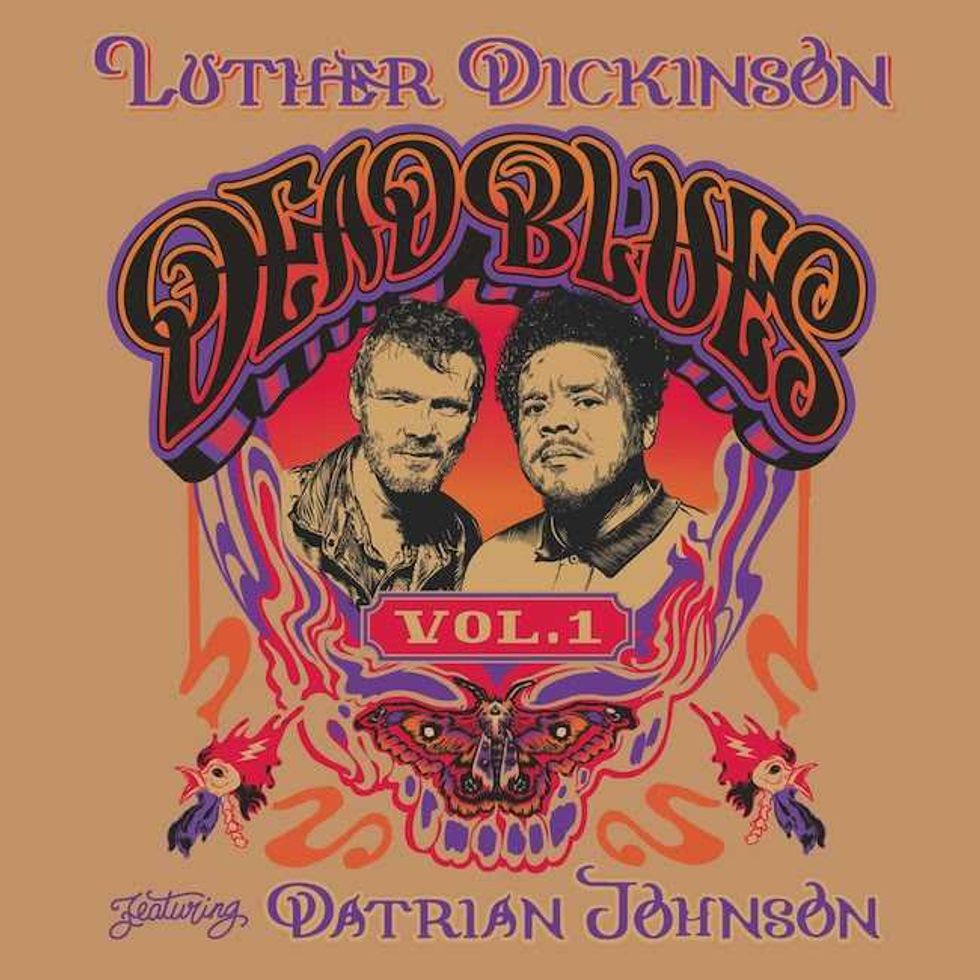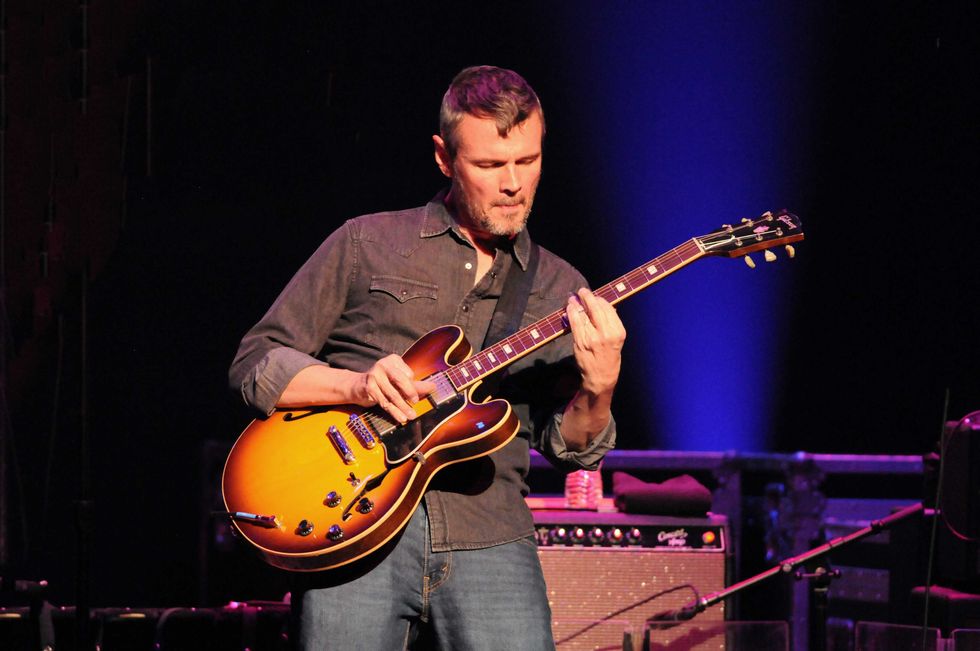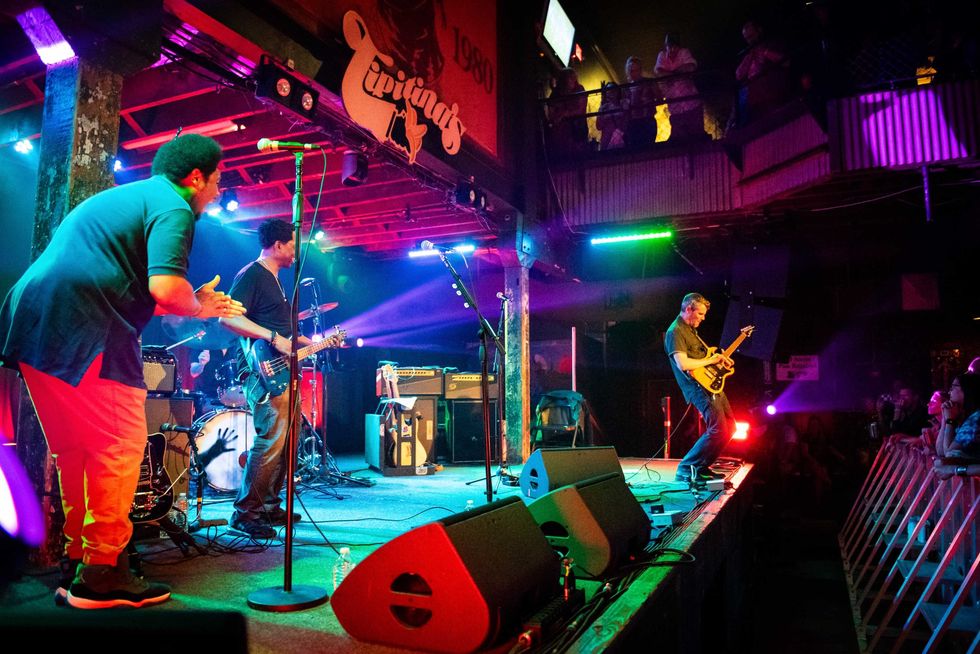If you want to dig into the early essence of AC/DC, just watch either of the two videos the band cut for the classic hard-rock anthem, “It's a Long Way to the Top (If You Wanna Rock 'n' Roll)," both shot in February 1976 on a beautiful sunny day in downtown Melbourne, Australia. In the more well-known of the two, the band sets up on the back of a flatbed truck, slowly cruising down the city's busy Swanston Street thoroughfare while small crowds of onlookers stop, stare, smile, and occasionally wave to the camera.
Lead singer Bon Scott mugs lasciviously, trusty Scottish bagpipes in hand, while an ever-boyish-looking Angus Young, only 20 at the time, bobs his head over his Gibson SG with his usual manic energy. But the real star of the shoot is the guy playing the song's bludgeoning one-chord riff on a cherry red '63 Gretsch Jet Firebird (nicknamed “the Beast," complete with a custom-inserted middle humbucker). Cool, nonchalant, and shaggy-haired, Malcolm Young is clad in a worn white Concert for Bangladesh T-shirt and patched-up bell-bottom jeans. He's a blues-rock throwback with a mojo right hand, resolutely leading this tight-knit band of hard-partying rebel misfits on a mission to strip rock 'n' roll down to its primal foundations.
Malcolm founded AC/DC with his younger brother Angus in 1973—a family venture that endured steadfastly, through various lineup changes and one bruising tragedy, for more than 40 years until Mal retired from playing and recording in April 2014 due to his increasingly unmanageable battle with dementia. According to his wishes, the band played on with his nephew Stevie Young in his place. On November 18, 2017, Malcolm Young died at the age of 64, saluted by everyone from Eddie Van Halen to Tom Morello as hard rock's greatest, and perhaps most criminally underrated, rhythm guitarist.
“People like Malcolm, Steve Cropper, Chuck Berry, and Keith Richards—they're all doing something better than the rest of us," Angus Young told journalist Nick Bowcott in a 2014 Guitar World interview. “I can't deny that Eric Clapton's and Eddie Van Halen's lead stuff has influenced a stack of people, but for me it's the rhythm thing that's way more impressive and important to a band. Malcolm is a big inspiration to me. He keeps me on my feet. Even when I'm tired from running around the stage for two hours, I'll look back at what he's doing and it gives me that boot up the backside I sometimes need."
The Young family delivered a similar kick in the pants to the Australian music scene soon after they moved to Sydney, Australia, from their native Glasgow, Scotland, in 1963. Older brother George was the first to pick up a guitar; as a founding member of the Easybeats, the first Australian rock band with an international hit (the jangly psych-pop classic “Friday on My Mind"), he was also a quick study in the recording studio. George imparted this knowledge to his younger brothers when he and lead guitarist Harry Vanda left the Easybeats and later formed the Marcus Hook Roll Band, whose 1973 debut Tales of Old Grand Daddy features Malcolm and Angus together on a recording for the first time.
Vanda and the elder Young would go on to produce almost the entirety of AC/DC's output with Bon Scott, including 1976's Dirty Deeds Done Dirt Cheap, which is arguably the album that asserted Malcolm's emerging gift for deceptively basic, yet melodically complex, low-end riffs—a key feature of the menacing title track, the up-tempo “Problem Child," the hard-driving “Squealer," the bawdy “Big Balls," and the unusual ZZ Top-ish blues ballad “Ride On," for starters. Mal's in-the-pocket, right-hand downstroke and his discerning penchant for hammer-ons and chord sustains were part of the secret to his compelling rhythm style.
He had his ears open not only for the inescapable riff that could underpin a song and push it forward, but also to the subtle changes that would mesh seamlessly with the brighter-sounding chords, filigrees, and solos that Angus brought to the fore. Add the Marshall Super Bass-thickened sound and a newly gutted Gretsch, sanded down to the wood with only the bridge pickup in place (the template for Malcolm's signature Salute Jet, introduced by Gretsch earlier this year), and the formula was complete.
Having perfected their tough-as-nails sound so early on, and with the release in rapid succession of Let There Be Rock (1977), Powerage (1978), and the worldwide smash Highway to Hell (a top 20 hit in the U.S.) in 1979, AC/DC were on a decisive roll. But it all came to a screeching halt one night in February 1980, when Scott was found dead of alcohol poisoning in the back seat of a car parked in southeast London. For any other group just tasting the pinnacle of success, the loss of an electrifyingly charismatic vocalist like Scott would have spelled their doom. But with the encouragement of Scott's family, Malcolm insisted they soldier on to finish the album that eventually became Back in Black.
With newly recruited singer Brian Johnson up front, Back in Black was an unprecedented comeback, and an undisputed masterpiece. Conceived as a tribute to Scott, the album's title track alone is a clinic in how a guitar riff, when broken down to a series of well-crafted rhythmic punches glued to the backbeat (delivered with big-footed force by drummer Phil Rudd), can instantly define a song. From the hard-rock boogie of “Shoot to Thrill" and “You Shook Me All Night Long" to the marauding classic “Hells Bells," there's a reason producer Rick Rubin (who also took the controls for the band's aptly titled 1995 album Ballbreaker) still cues up the album in the studio when he needs to reference an exceedingly juicy guitar sound.
In later years and on later albums, AC/DC were often accused of being resistant to change and merely repeating themselves, but Malcolm's last studio album with the band, 2008's Black Ice, works precisely because he and his bandmates refused to break what didn't need fixing in the first place. The album, which actually garnered the band their first and only Grammy win, was indeed notable for attempting to recapture the raw sonic texture of AC/DC's classic '70s albums, especially in the form of skeletal hard-rock grooves like “Skies on Fire" and “Spoilin' for a Fight," which is one of the best slices of the Young brothers in call-and-response mode since 1976's “High Voltage."
“I wouldn't be able to do what I do without Malcolm and the other guys pumping out the rhythm," Angus said in 2014. “They make me look good. Mal is really a great all-around guitarist. I know it says 'rhythm guitar' on the album jacket, but if he sits down to play a solo, he can do it better than me. Not a lot of people have picked up on this, but in the early days he used to play lead. But then he said to me, 'No, you take the solos. I'll just bang away back here.' And what's more, he actually plays rhythms. He just doesn't make a noise; he works them out, and he knows when not to play."
Besides his willingness to eschew the spotlight and focus only on what served the song and the band, Malcolm Young was also completely in his element when playing live. From his customary position onstage right next to a Marshall stack, he clearly reveled in the live energy, and by all accounts wasn't satisfied unless he could establish a connection with the audience that allowed anyone listening to ride the same hypnotic wave as the band.
“With us, blues and rock 'n' roll are the roots of it, you know?" Mal told an interviewer in 1988, when AC/DC were prepping their 11th studio album, , for release. “The excitement rock 'n' roll used to generate, from Elvis to Little Richard jumping on his piano, and the whole audience just going wild and singing along with him, that's basically what we're trying to do. It's more rock, of course, but getting the audience to participate in the whole thing—we want them to go home with laryngitis, you know? That's the whole idea."
Shot in 1976 on Melbourne's busy Swanston Street, this video for “It's a Long Way to the Top (If You Wanna Rock 'n' Roll)" shows Malcolm Young in his element, pounding out a one-chord riff on a '63 Gretsch Jet Firebird.


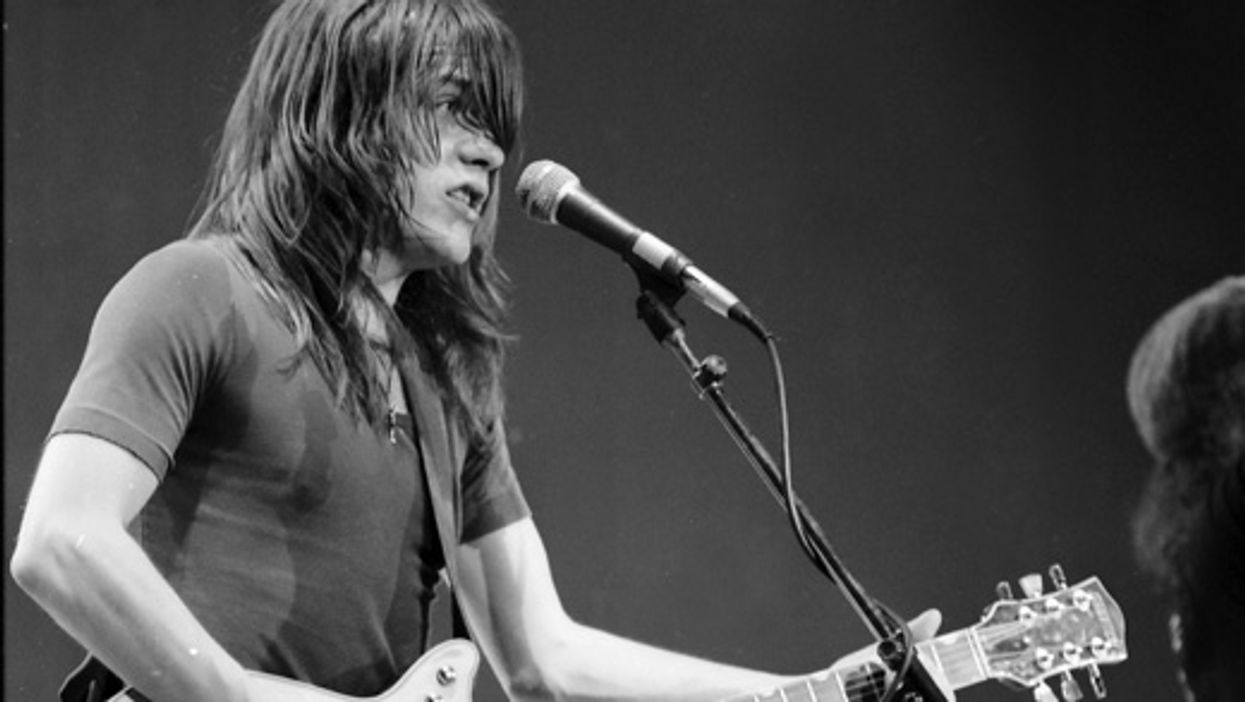
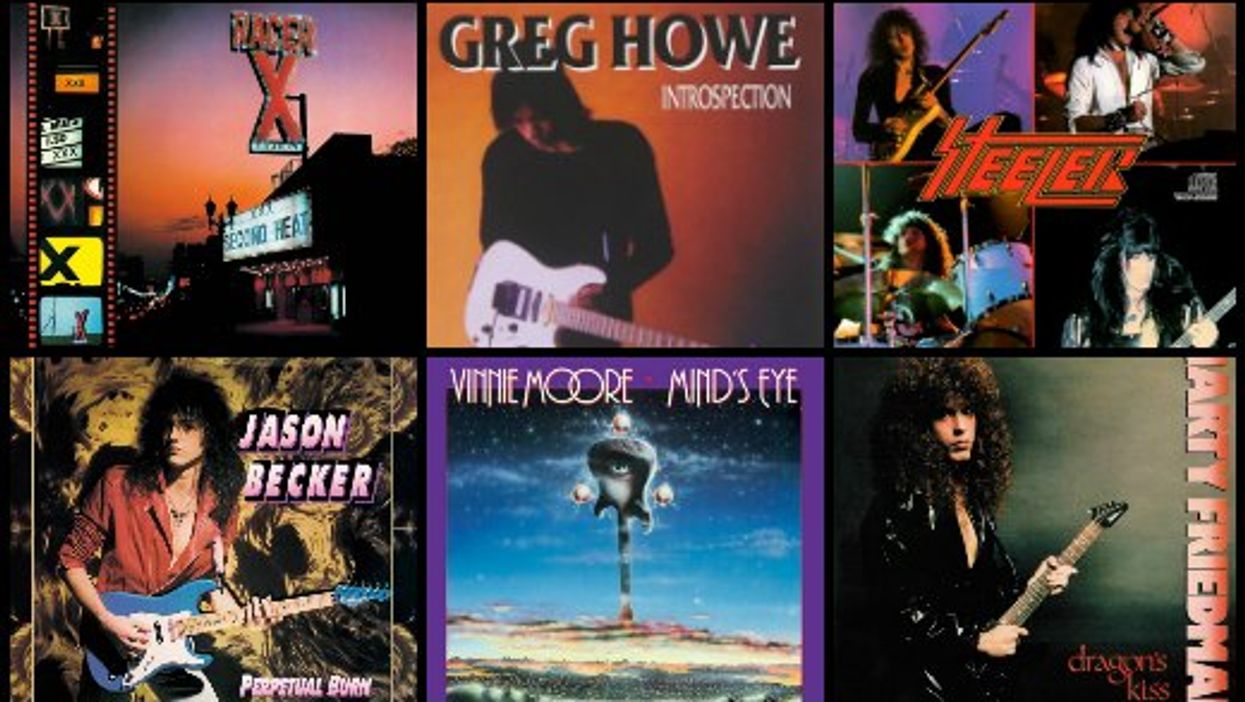
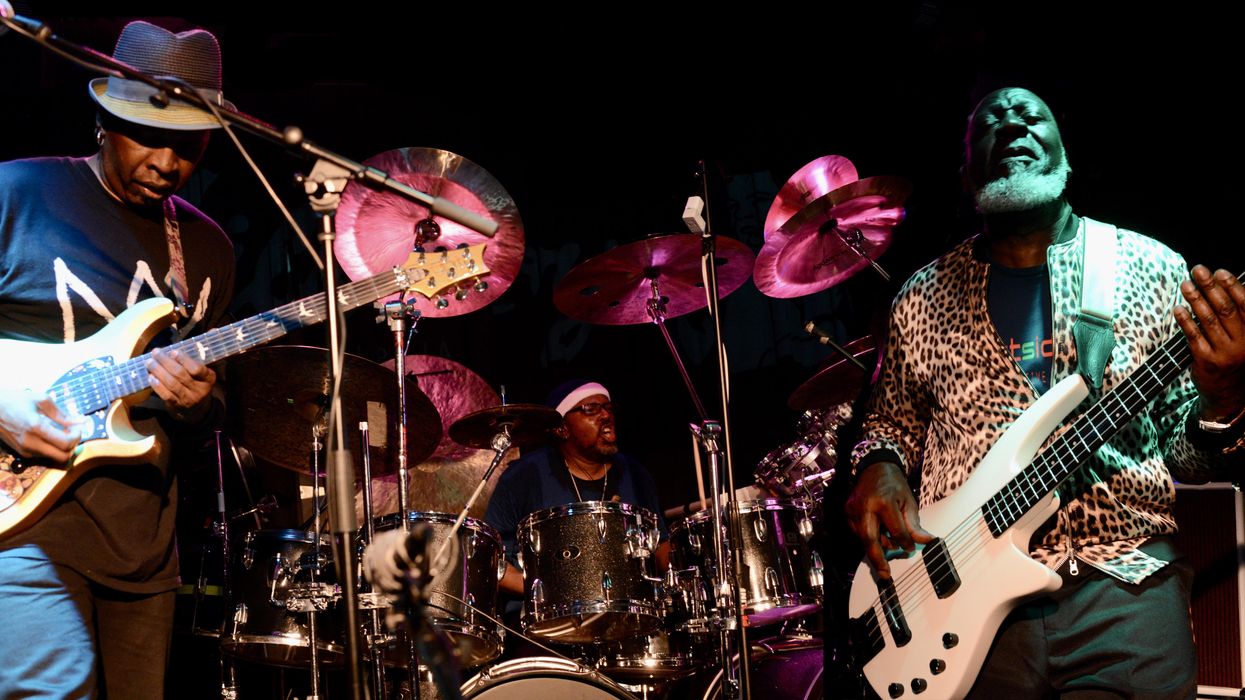
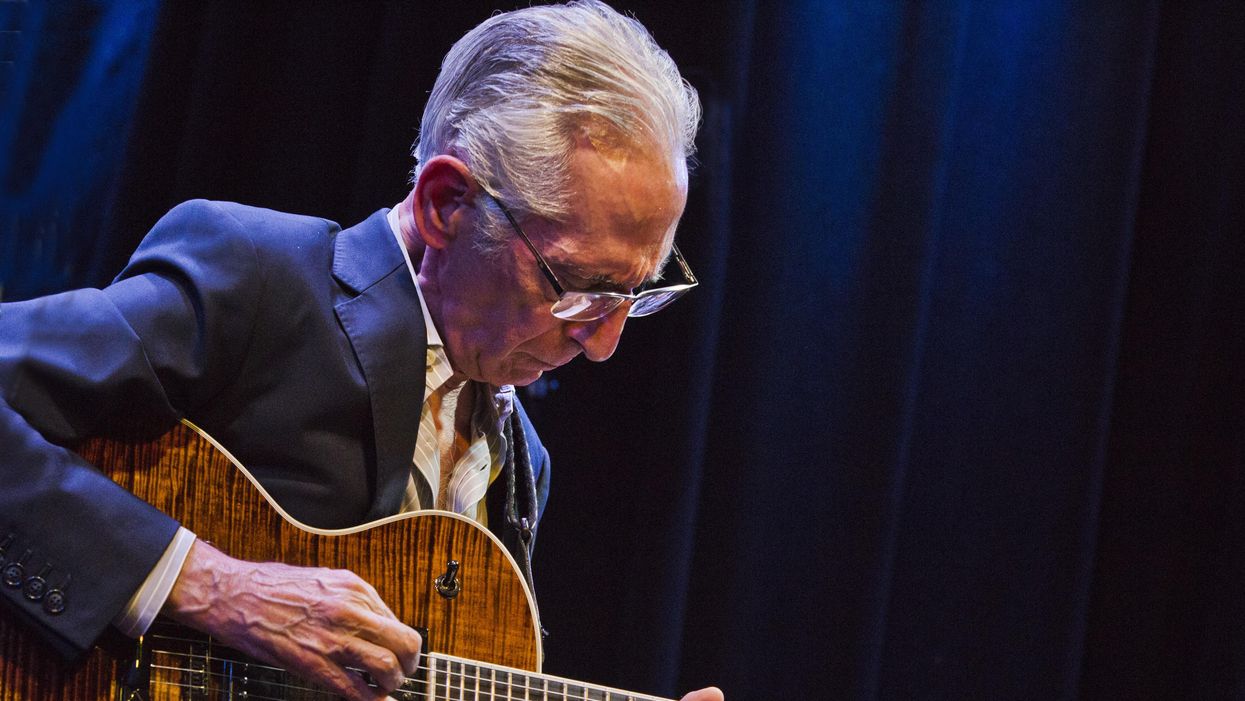

![Rig Rundown: Russian Circles’ Mike Sullivan [2025]](https://www.premierguitar.com/media-library/youtube.jpg?id=62303631&width=1245&height=700&quality=70&coordinates=0%2C0%2C0%2C0)
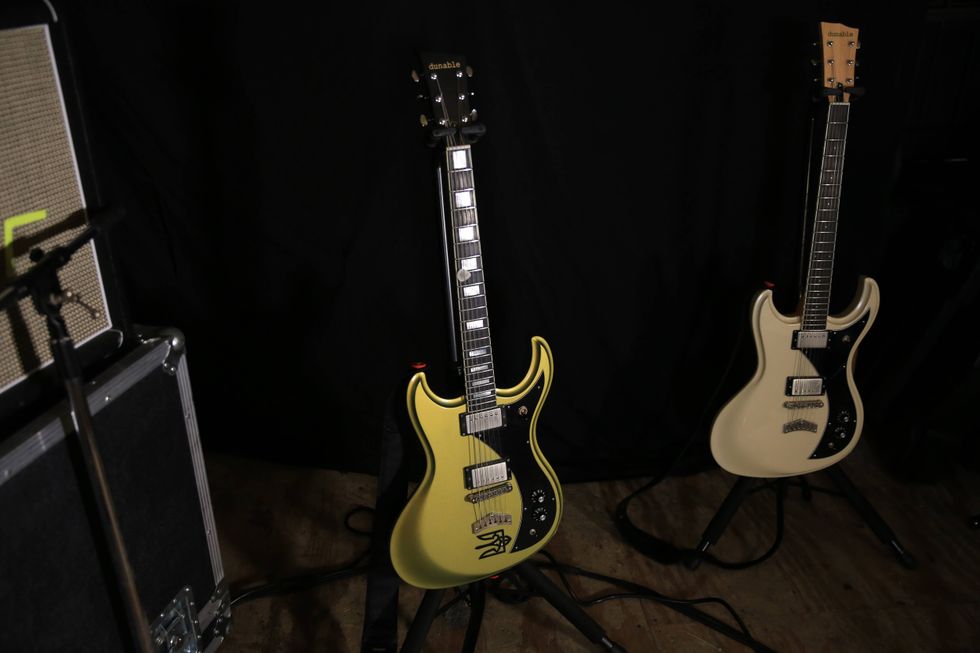
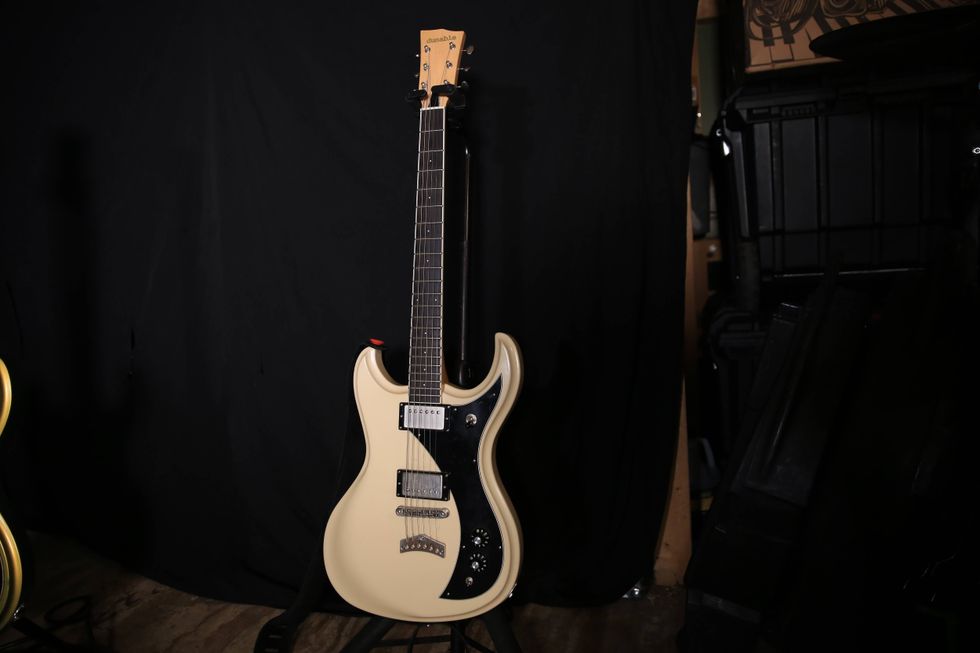
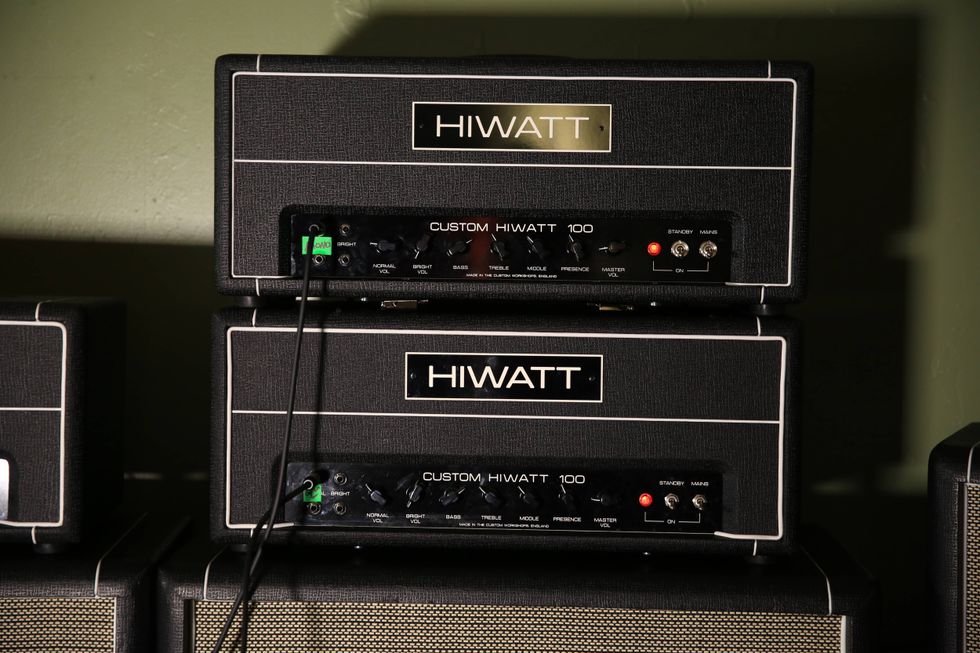
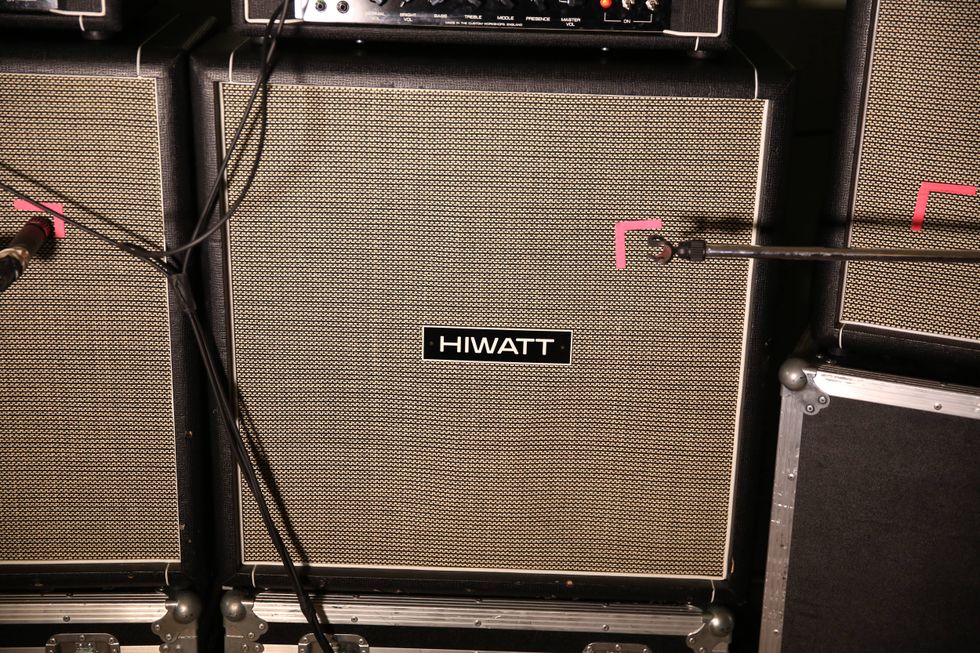
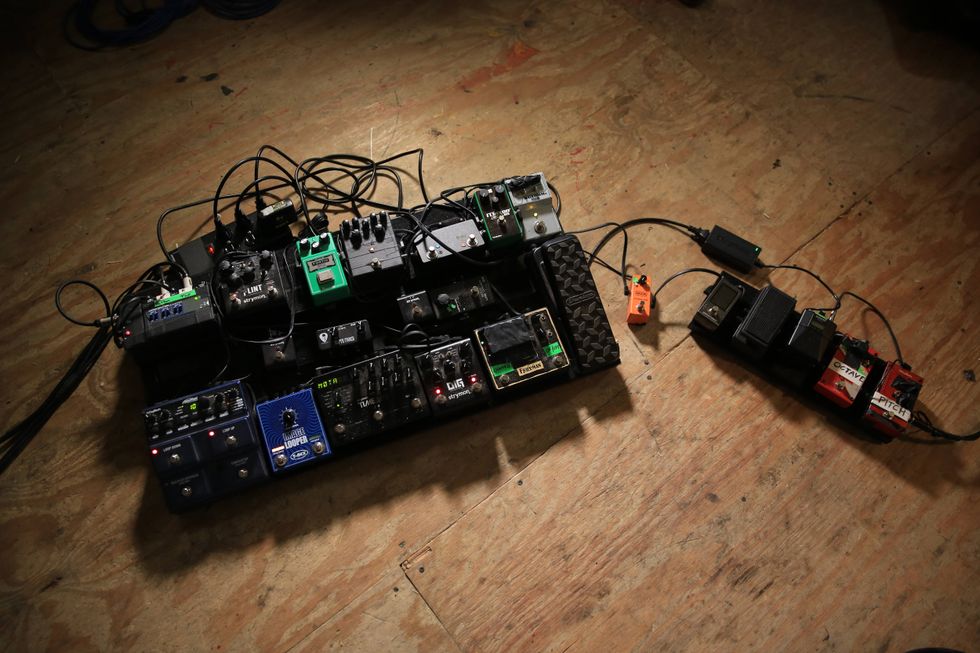

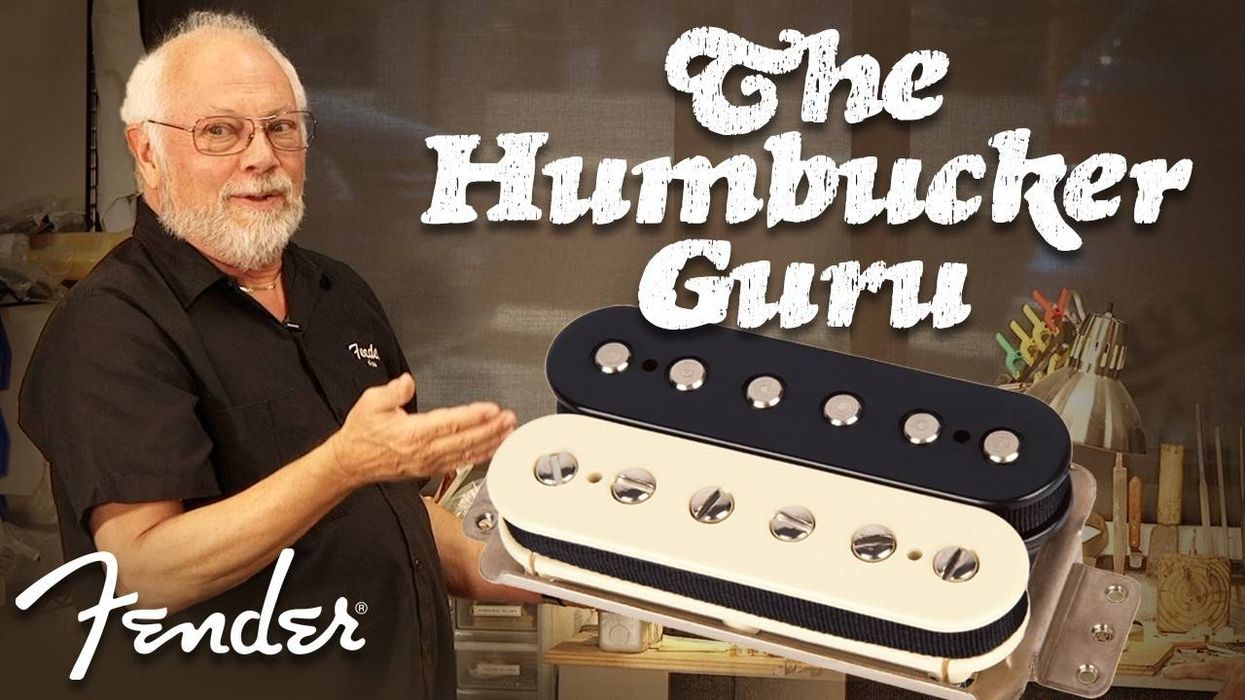
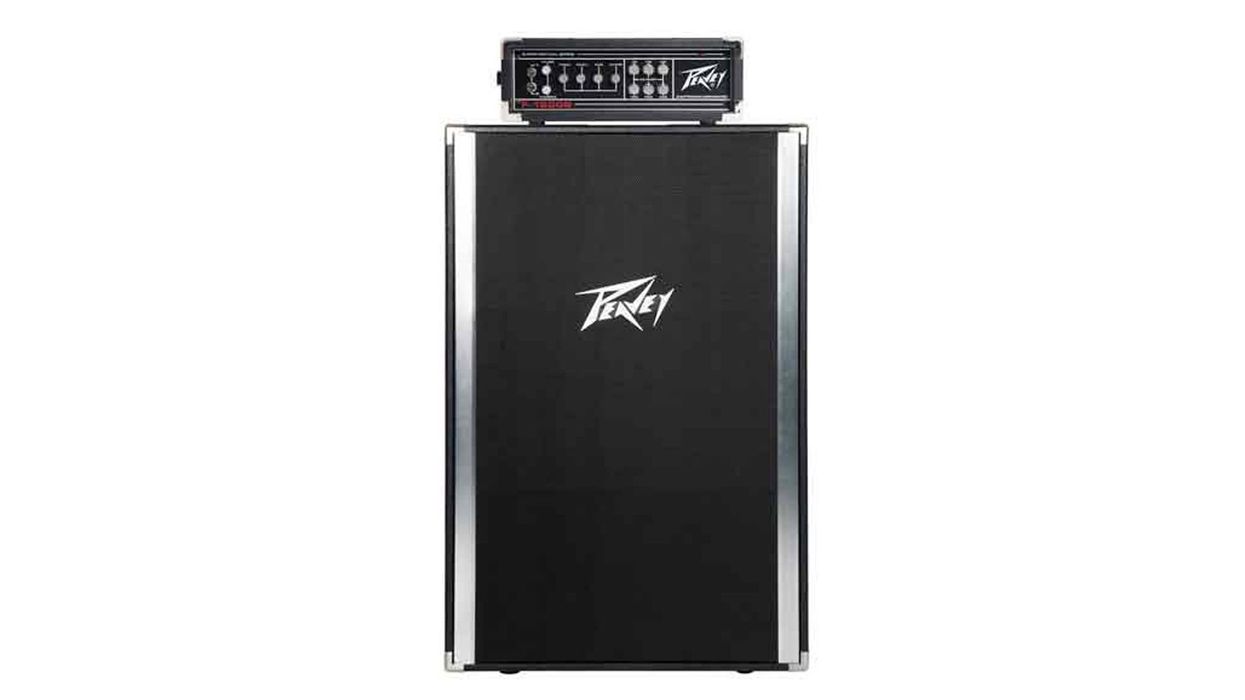

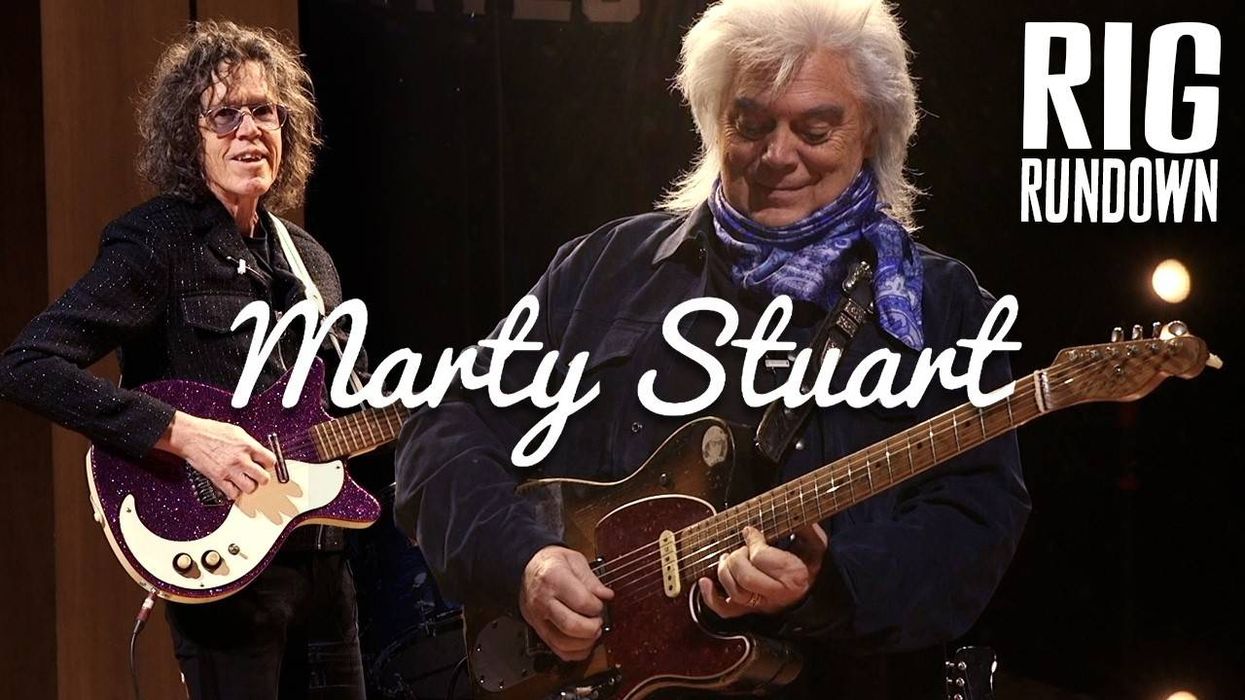
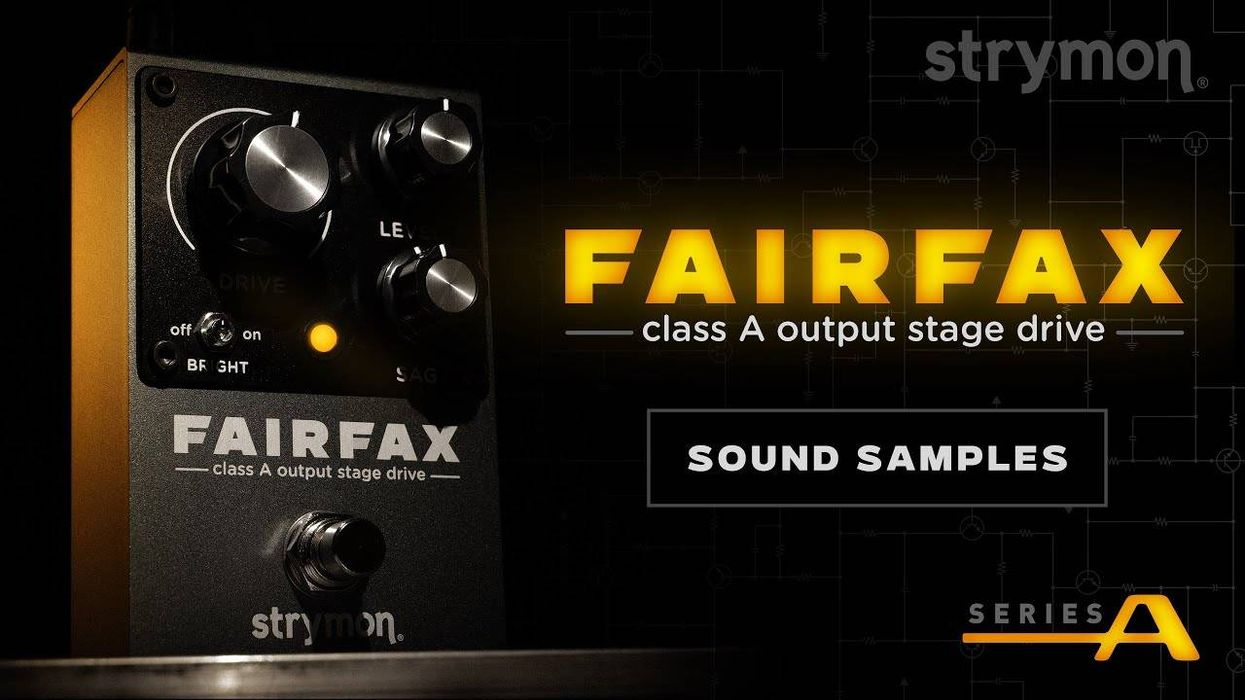
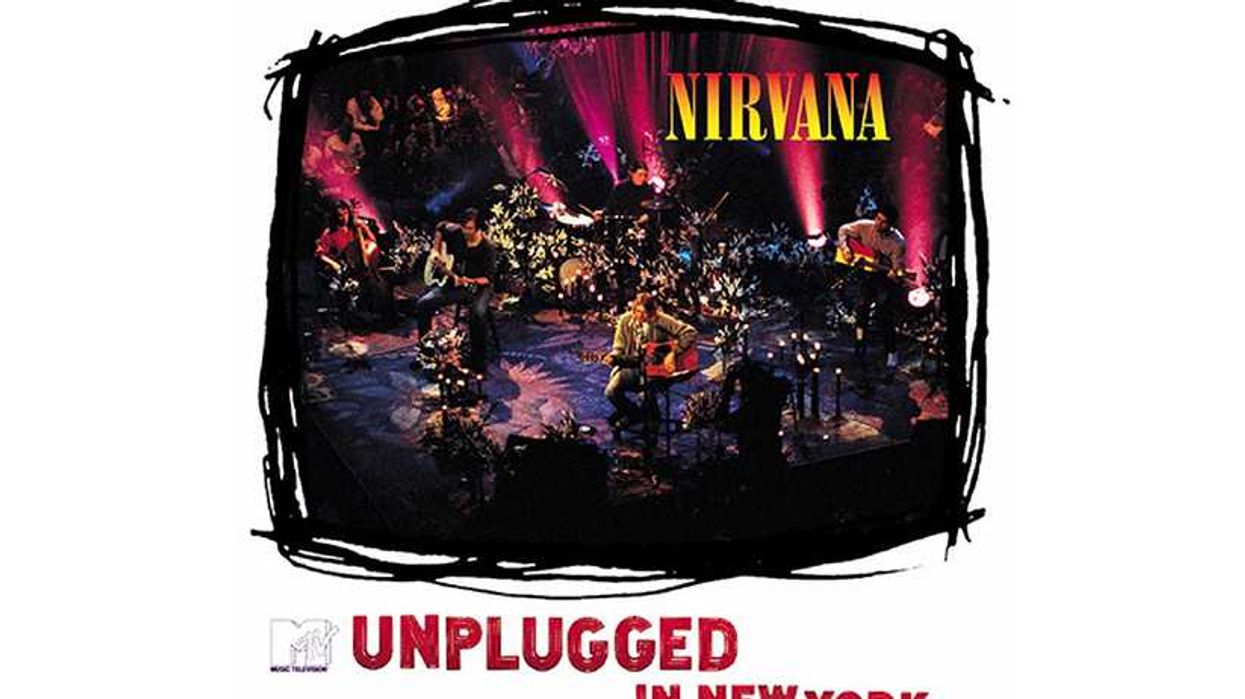
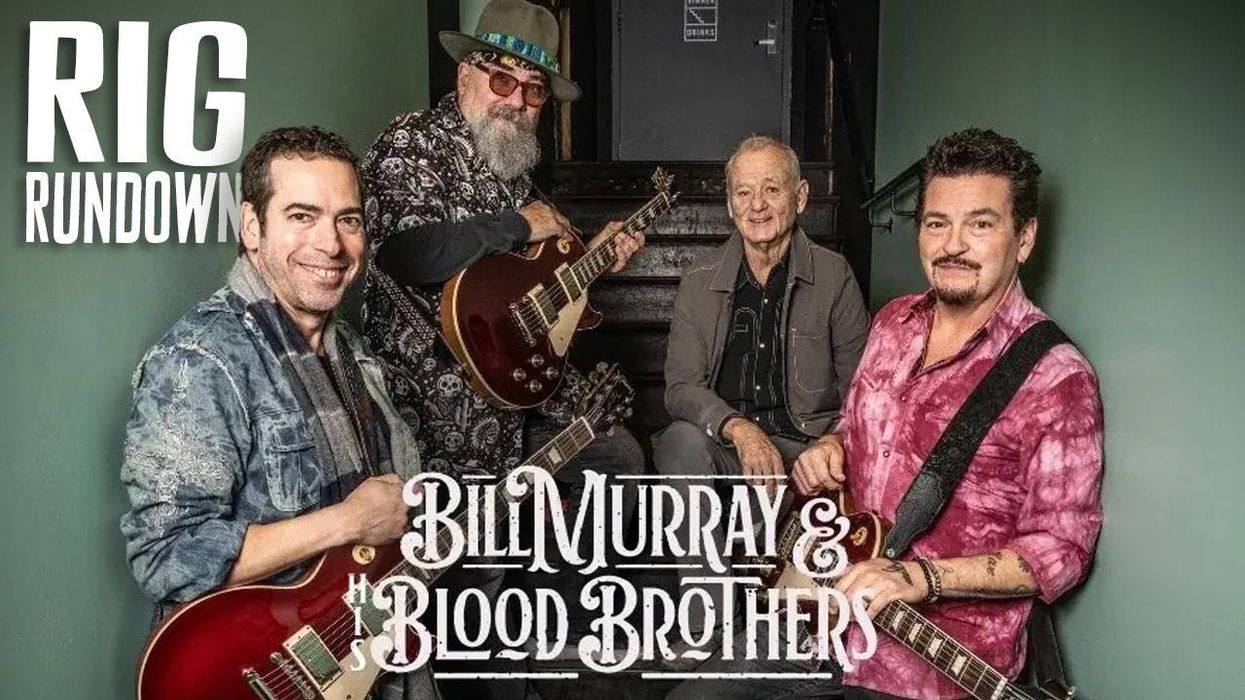
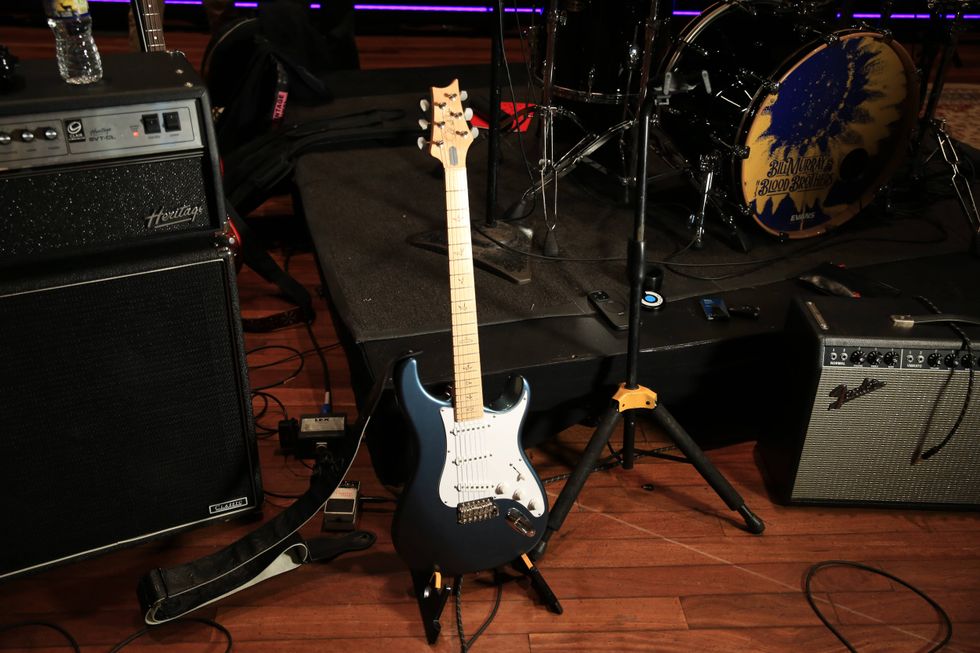
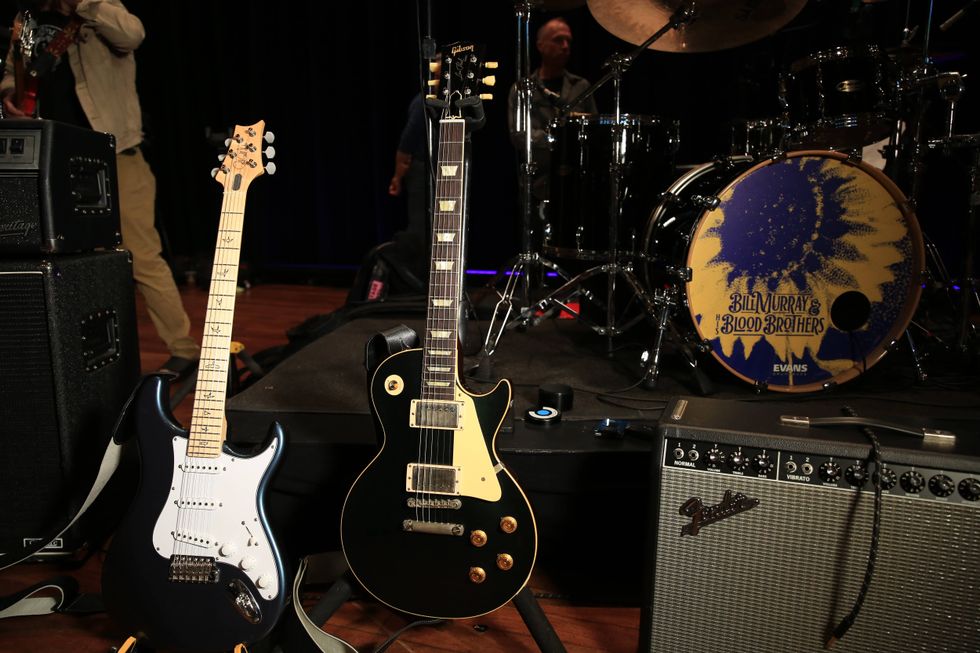
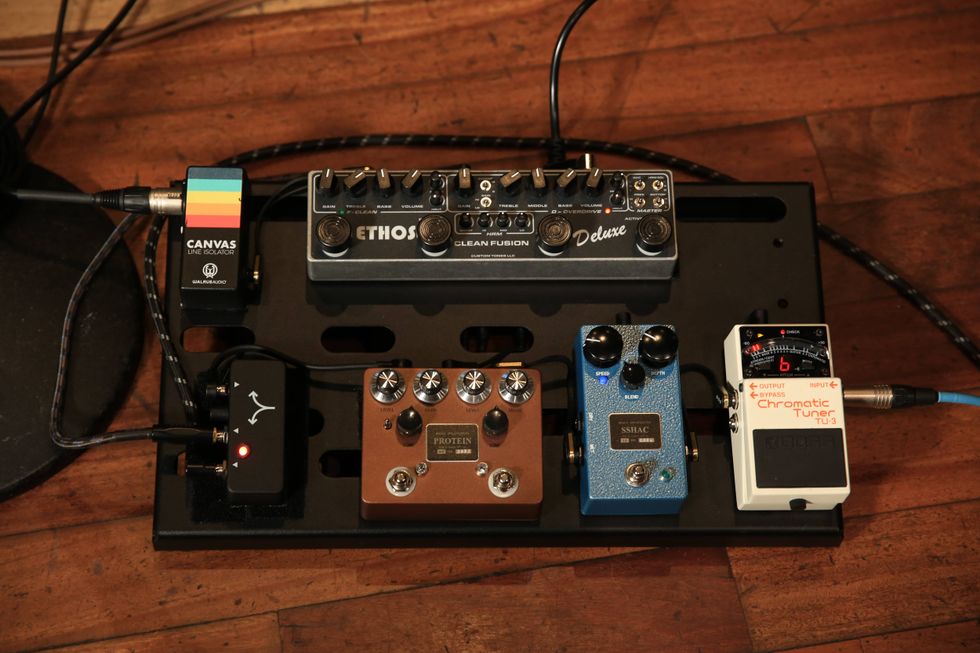
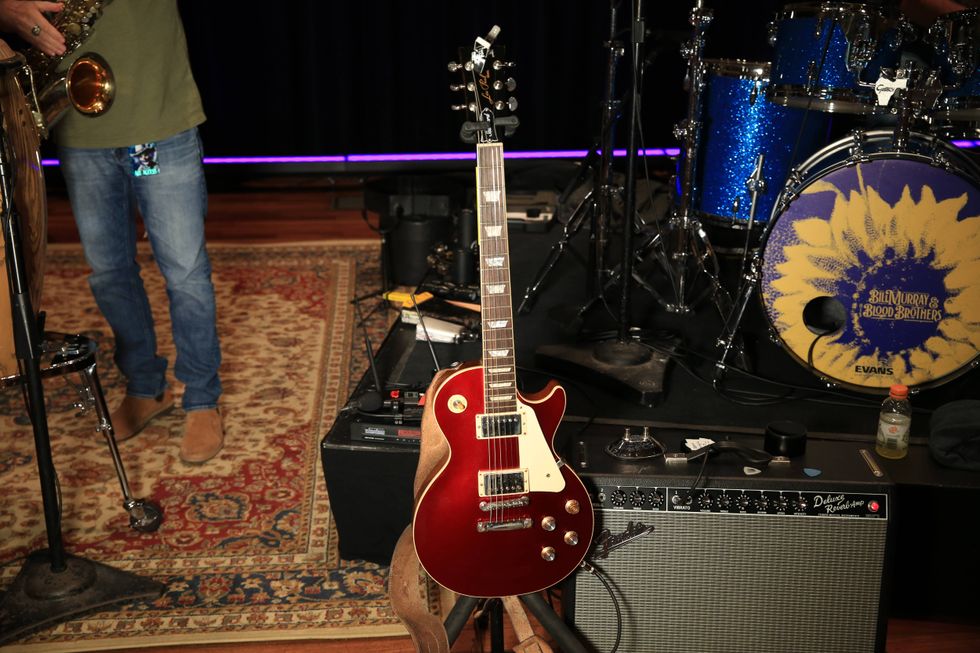
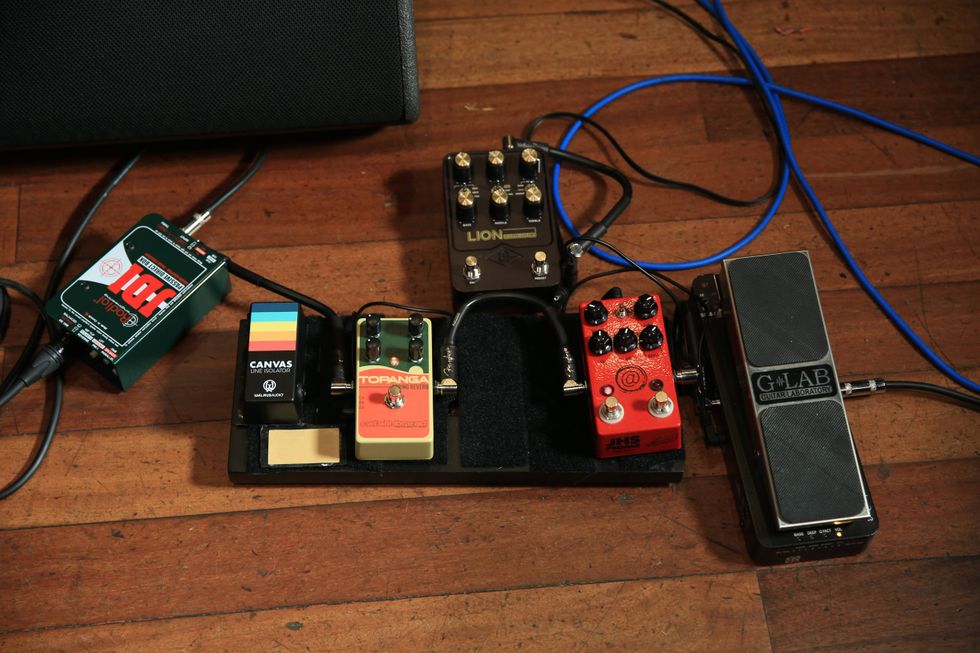
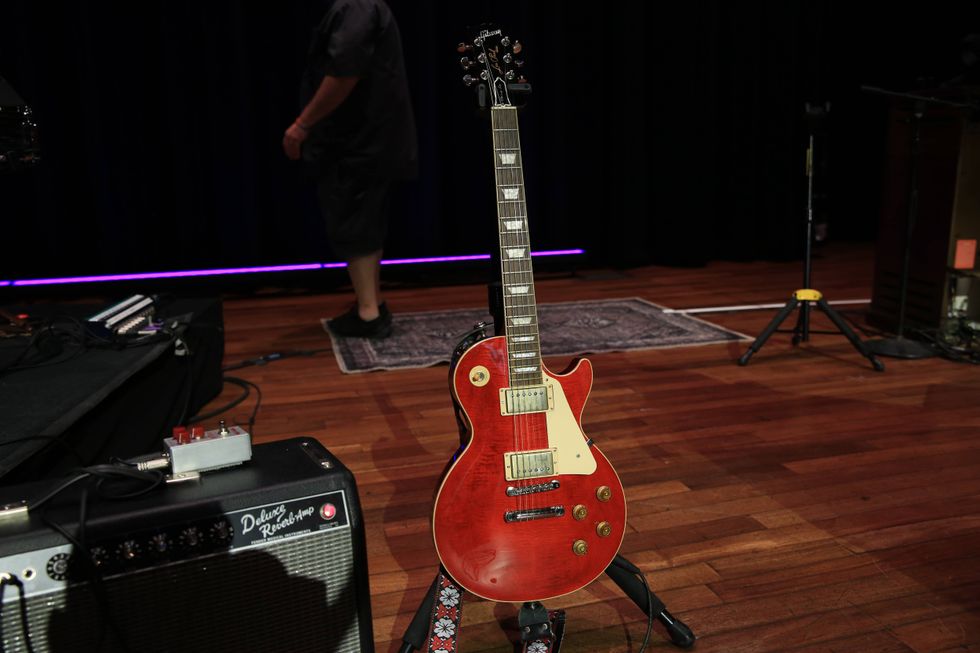
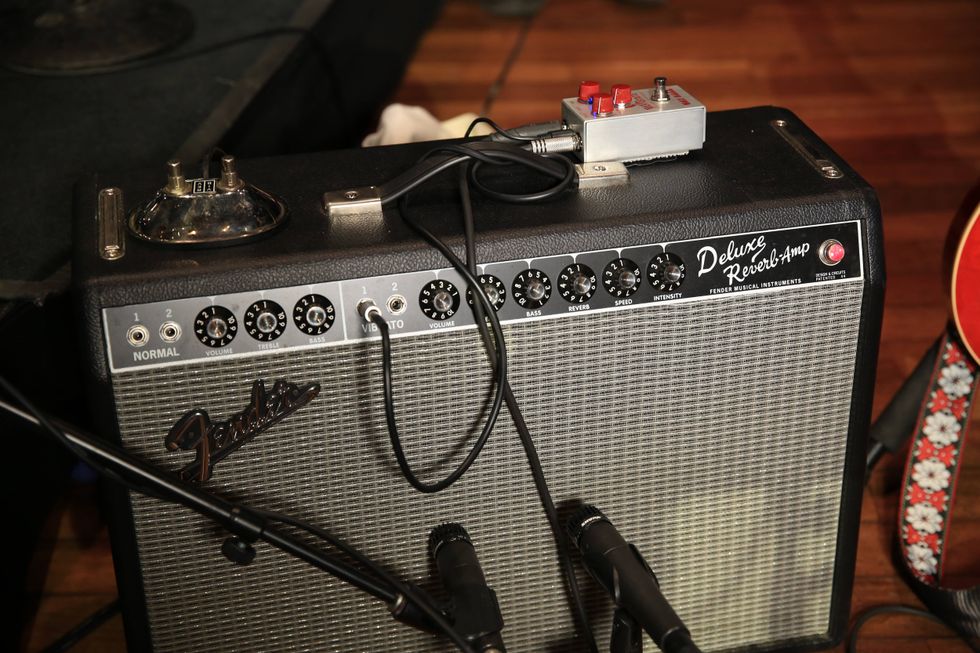
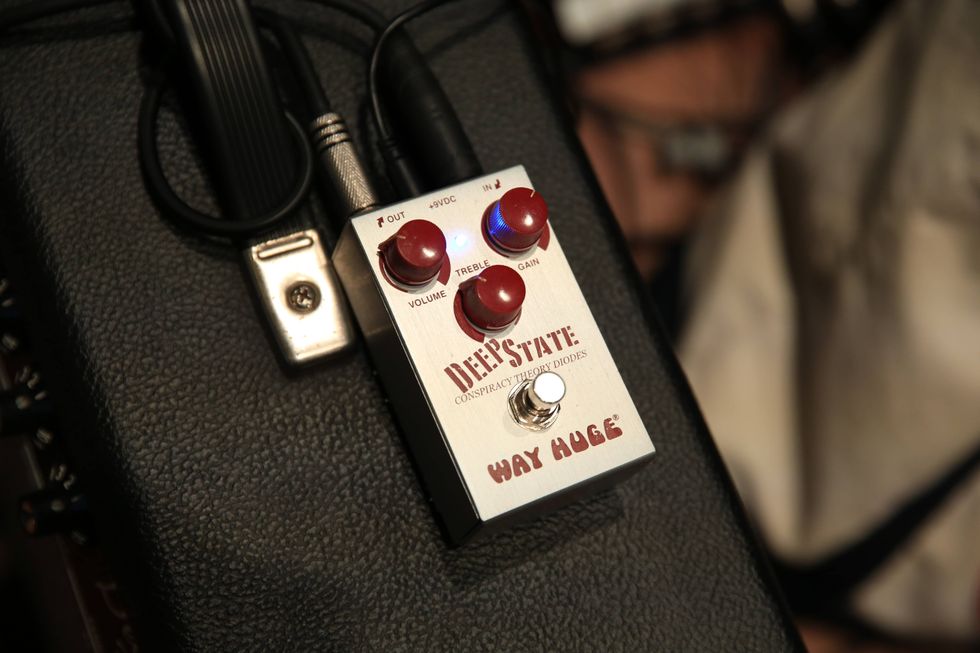

![Rig Rundown: AFI [2025]](https://www.premierguitar.com/media-library/youtube.jpg?id=62064741&width=1245&height=700&quality=70&coordinates=0%2C0%2C0%2C0)
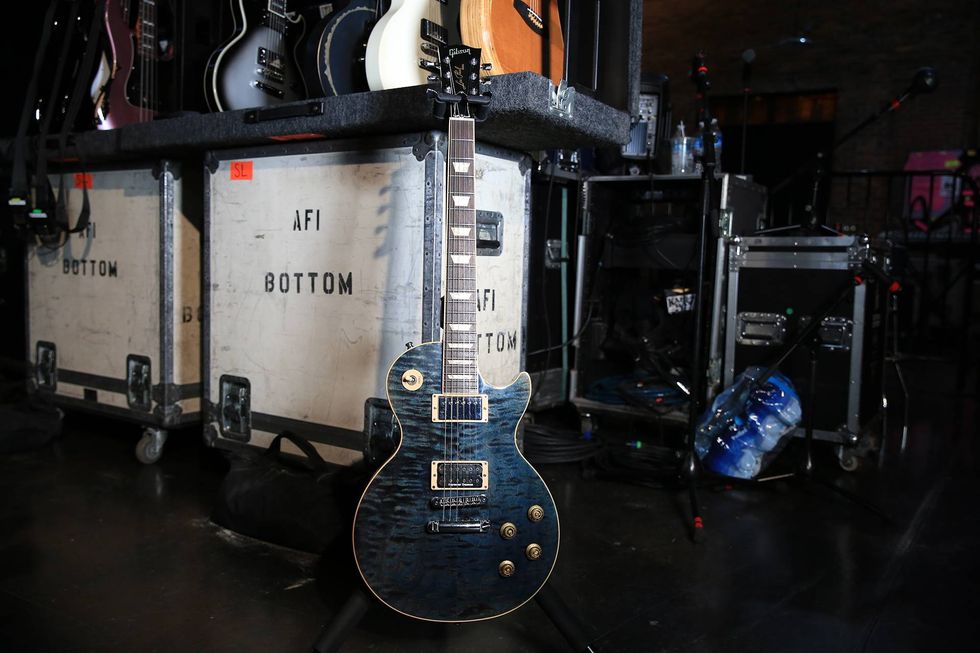
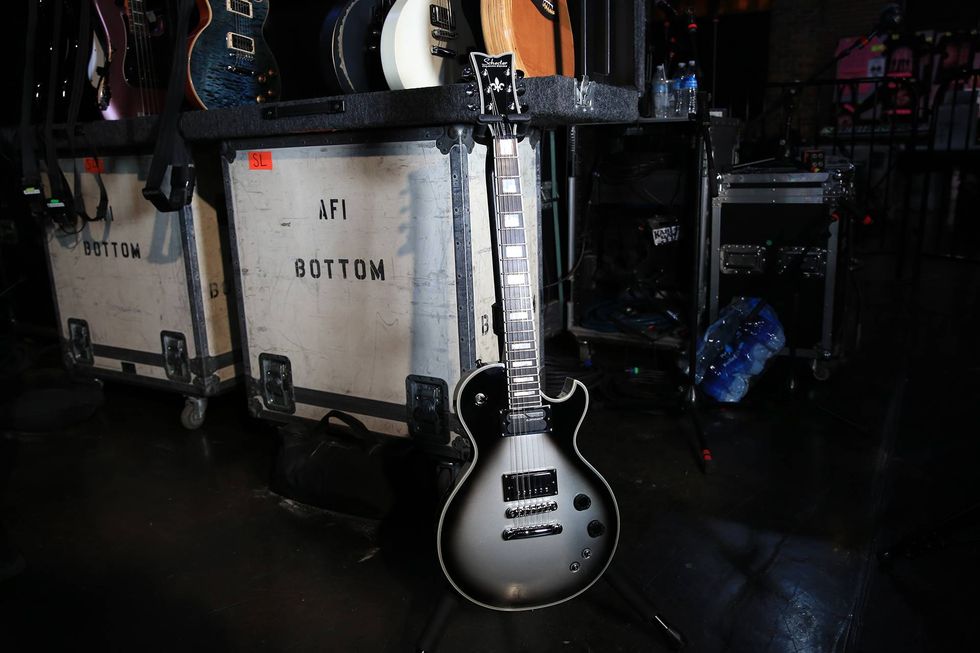
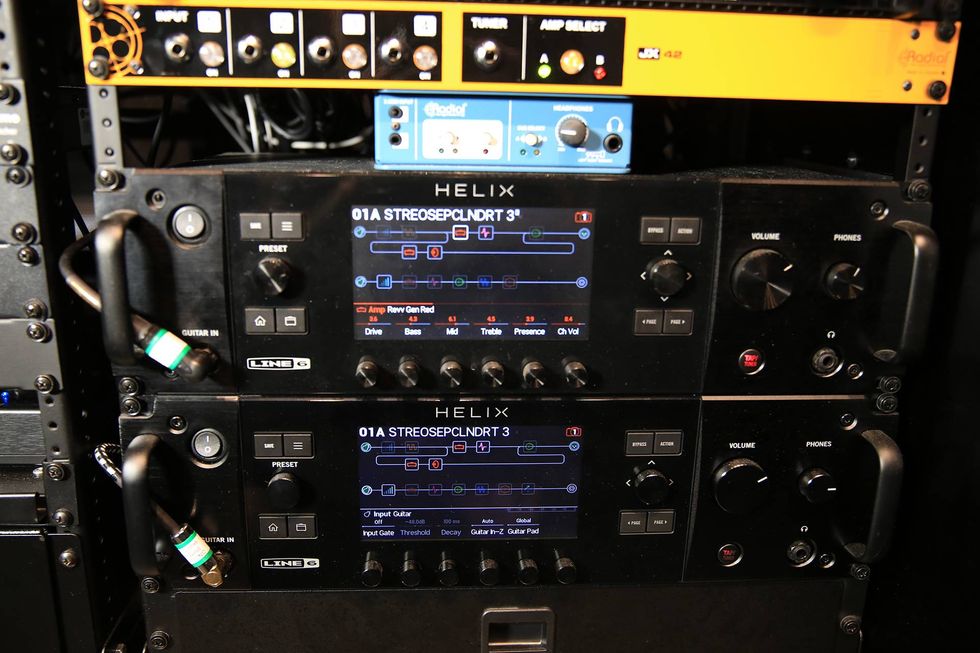
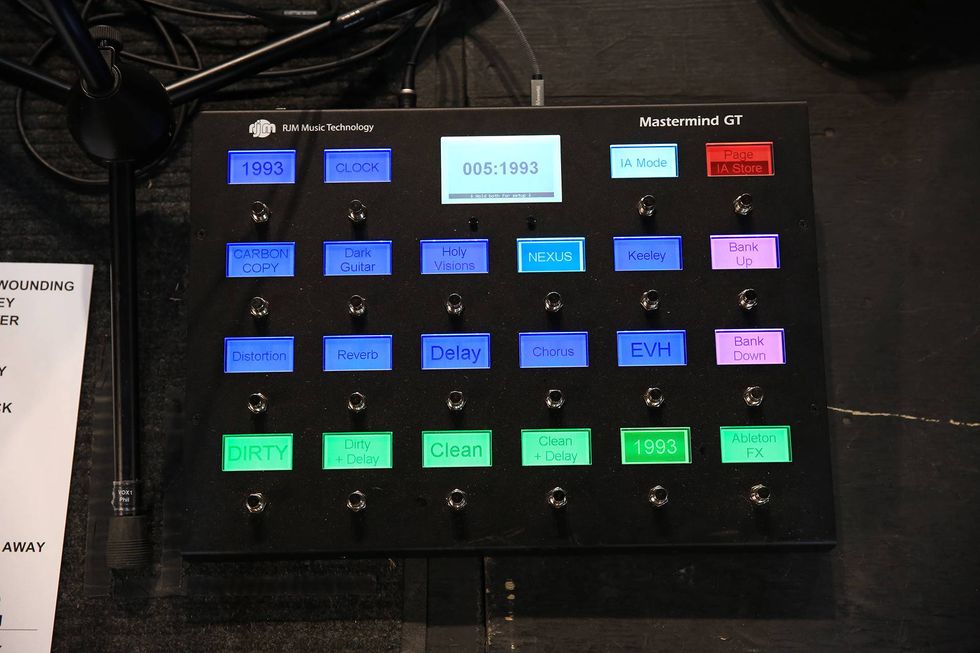
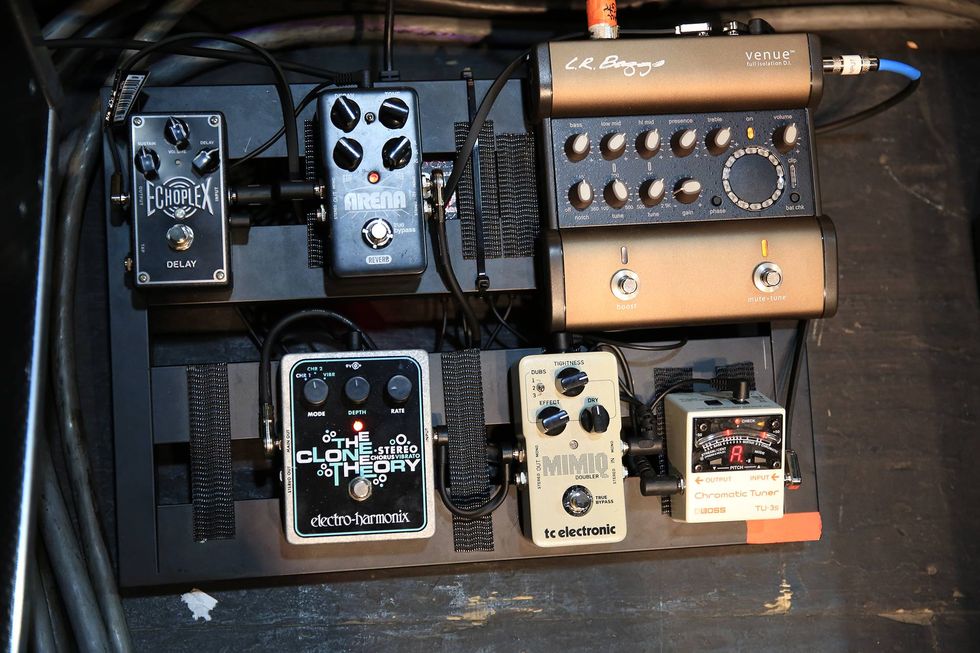
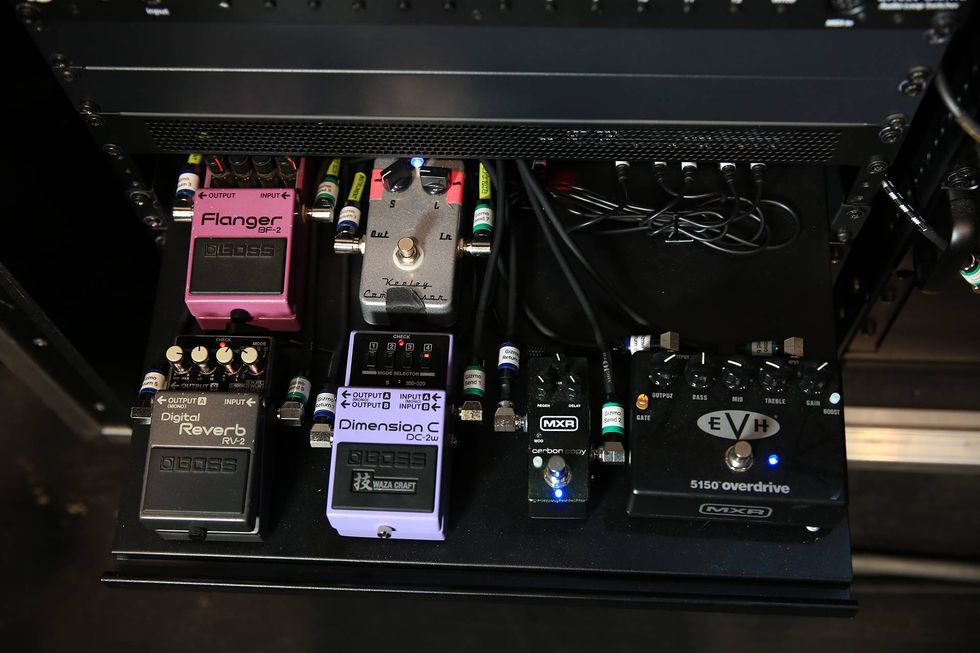
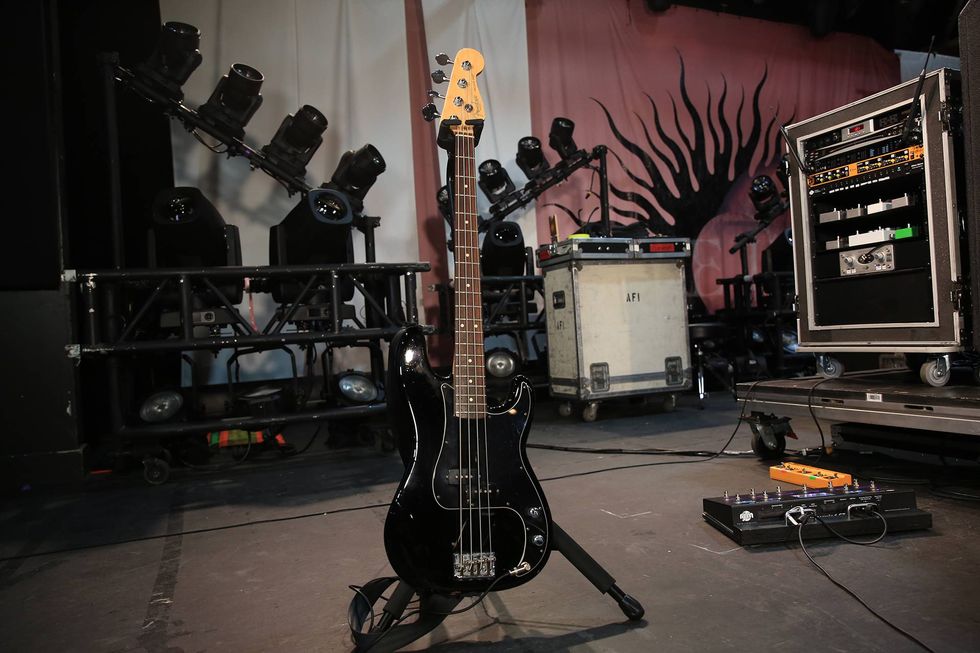
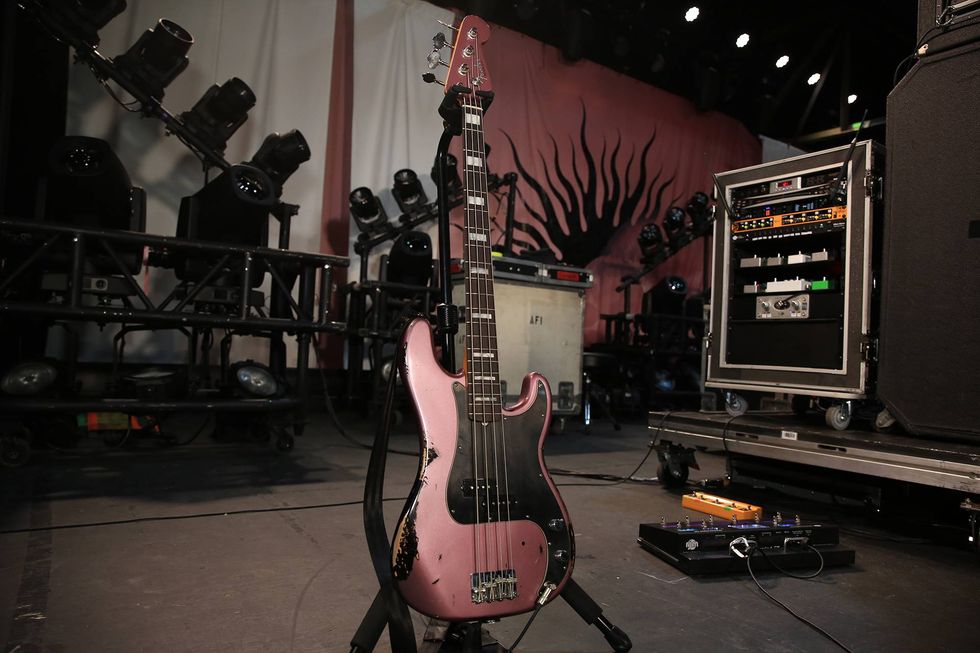
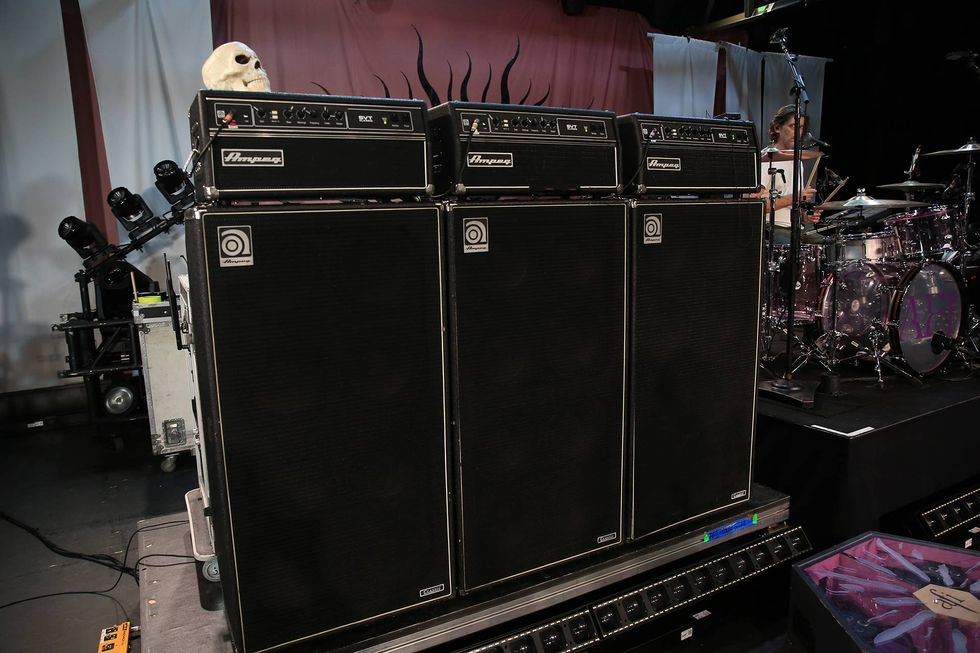
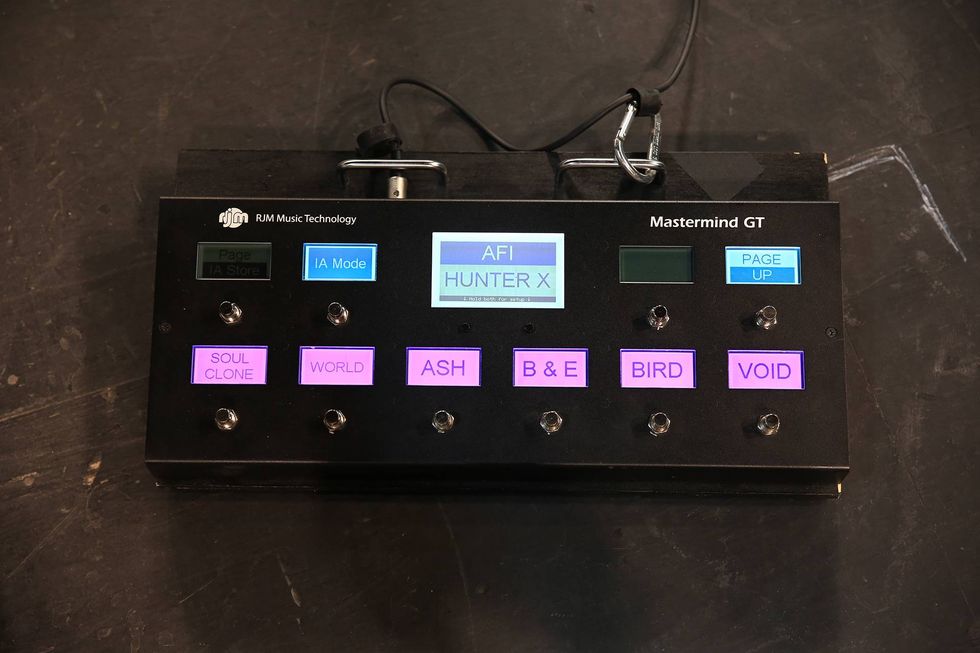
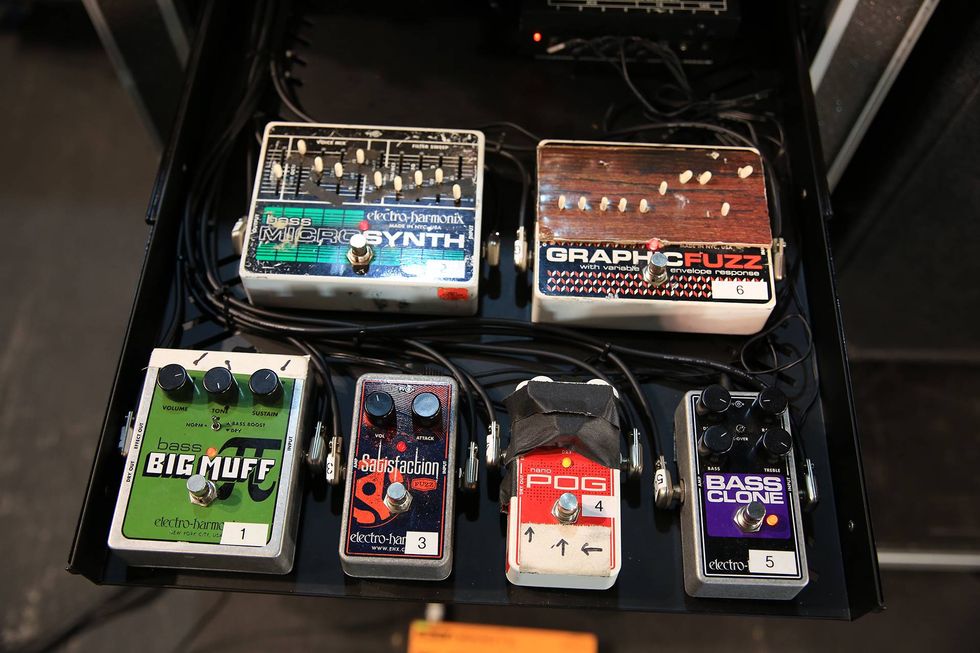
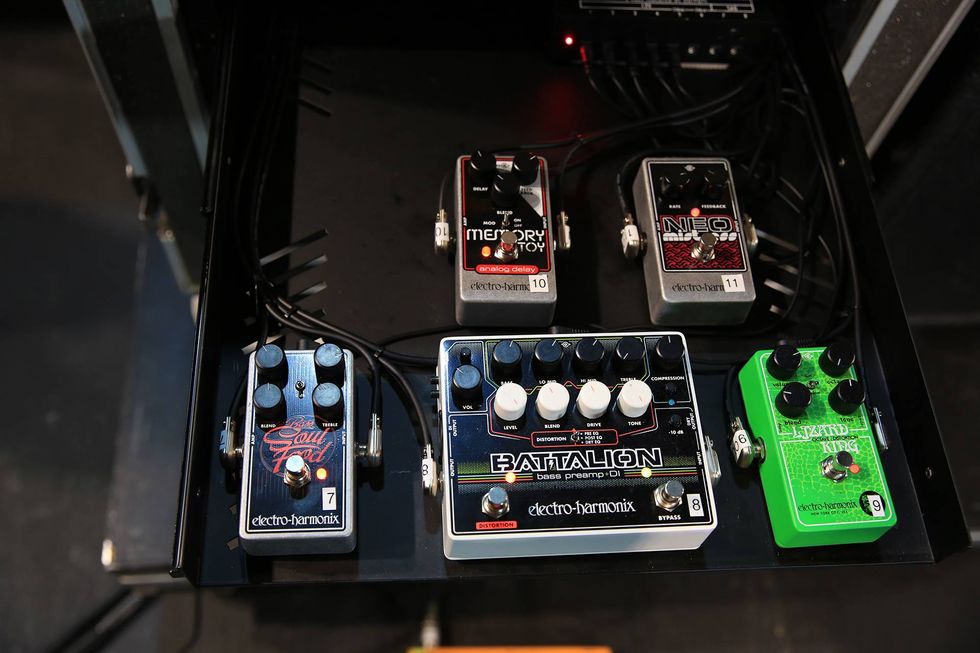
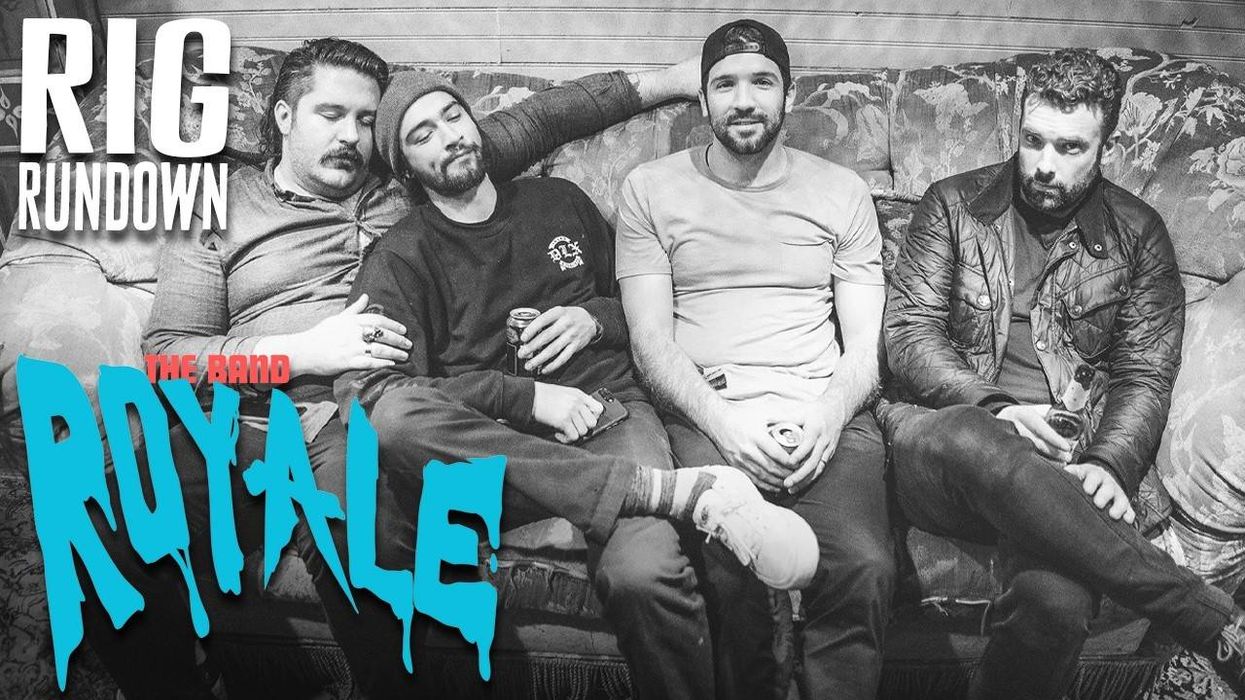
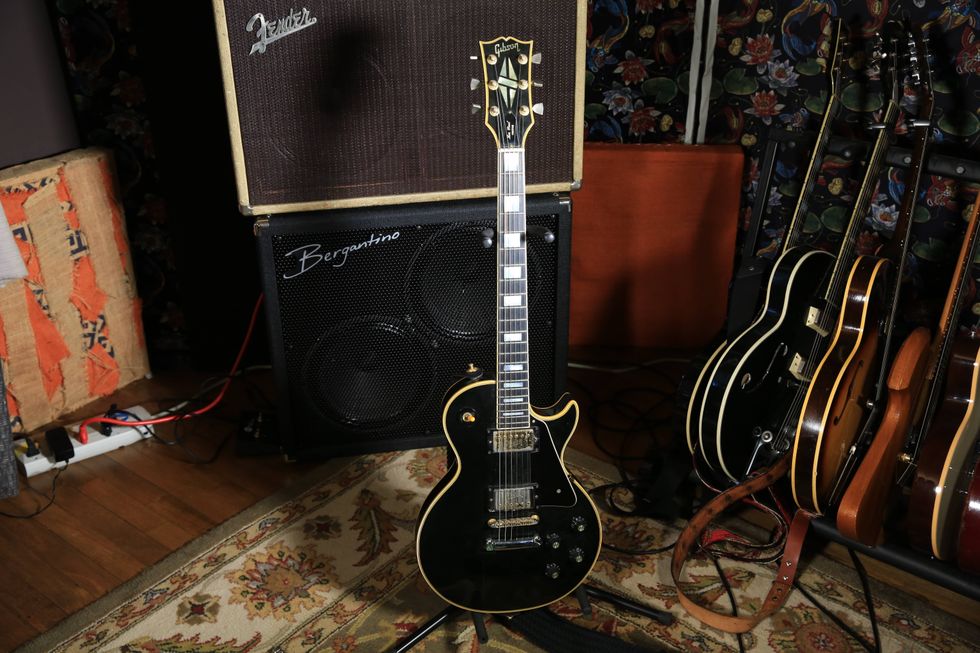
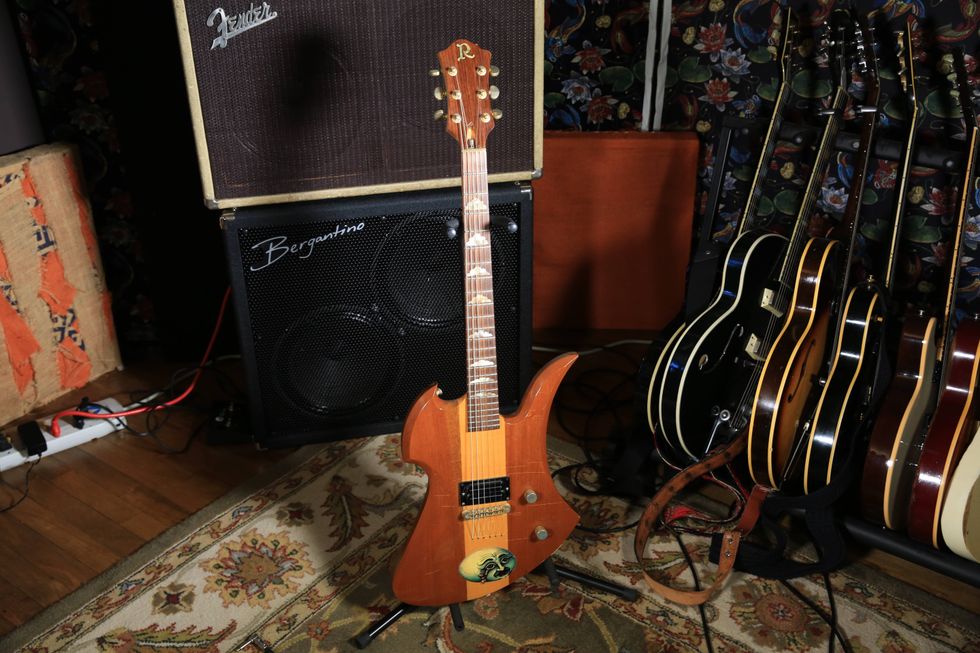
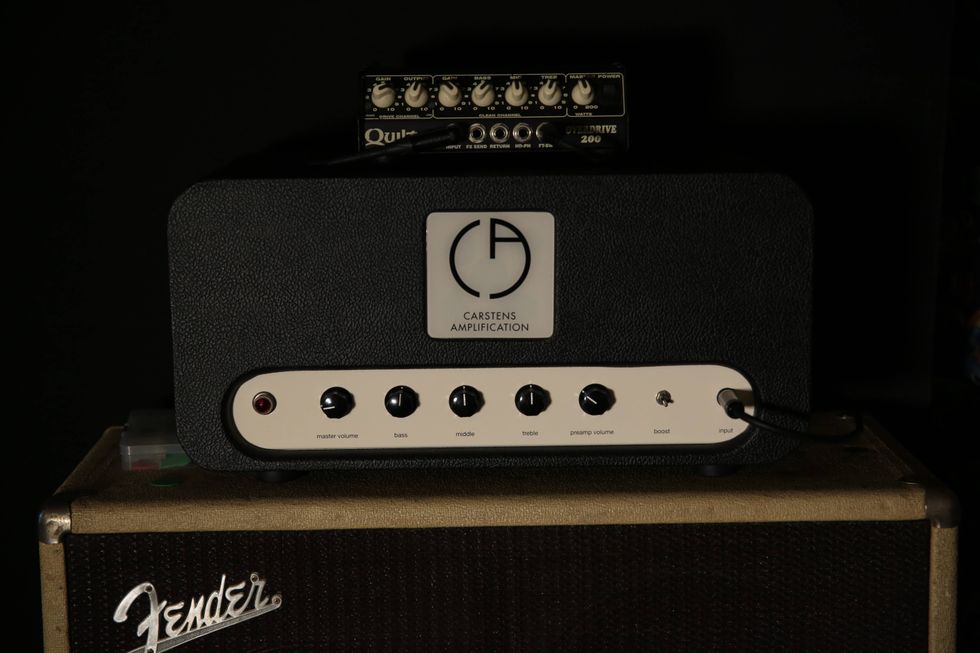
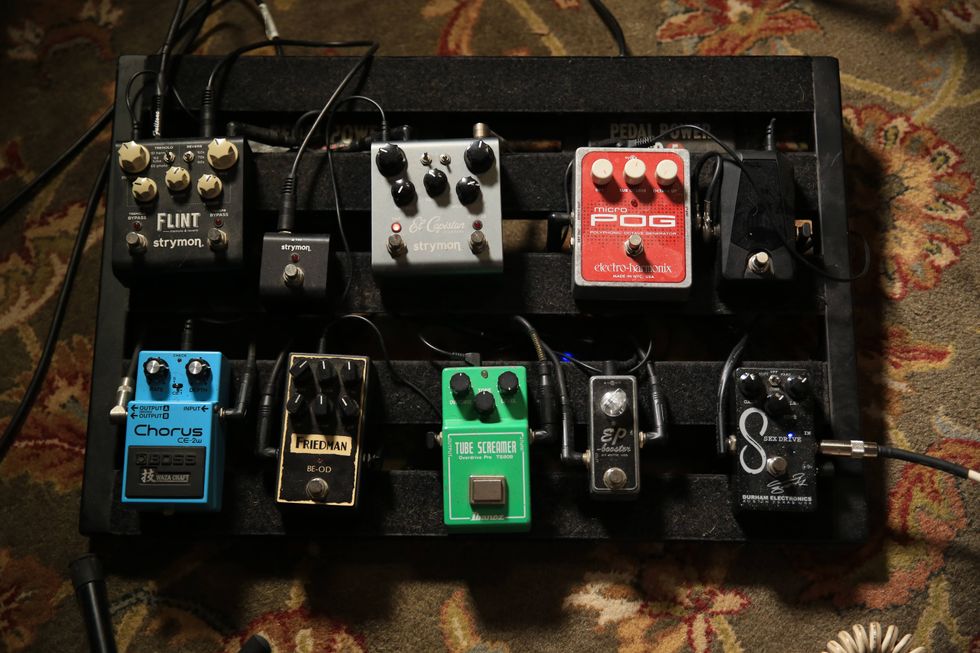
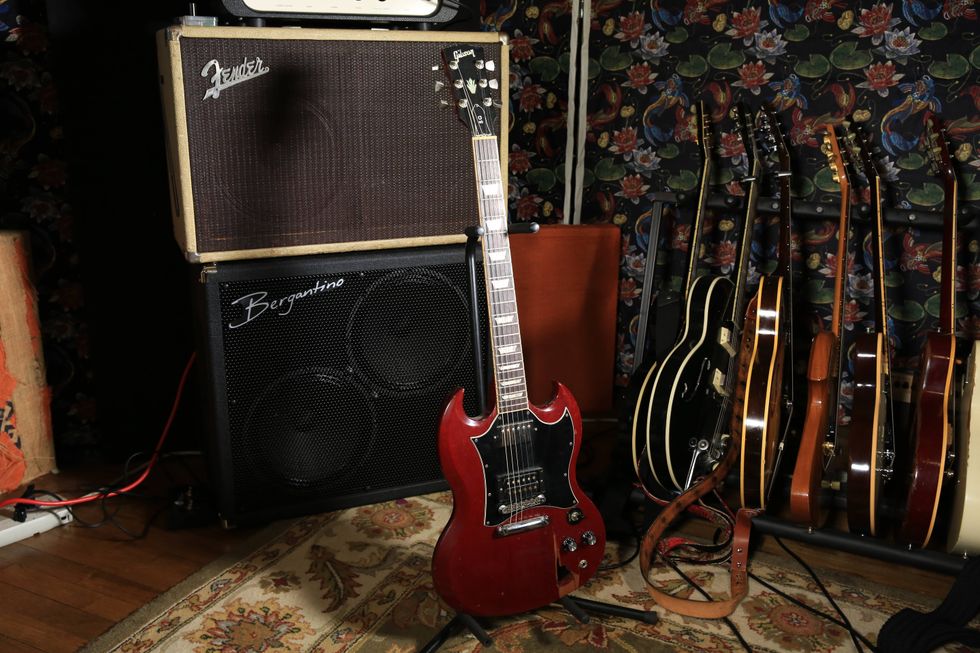
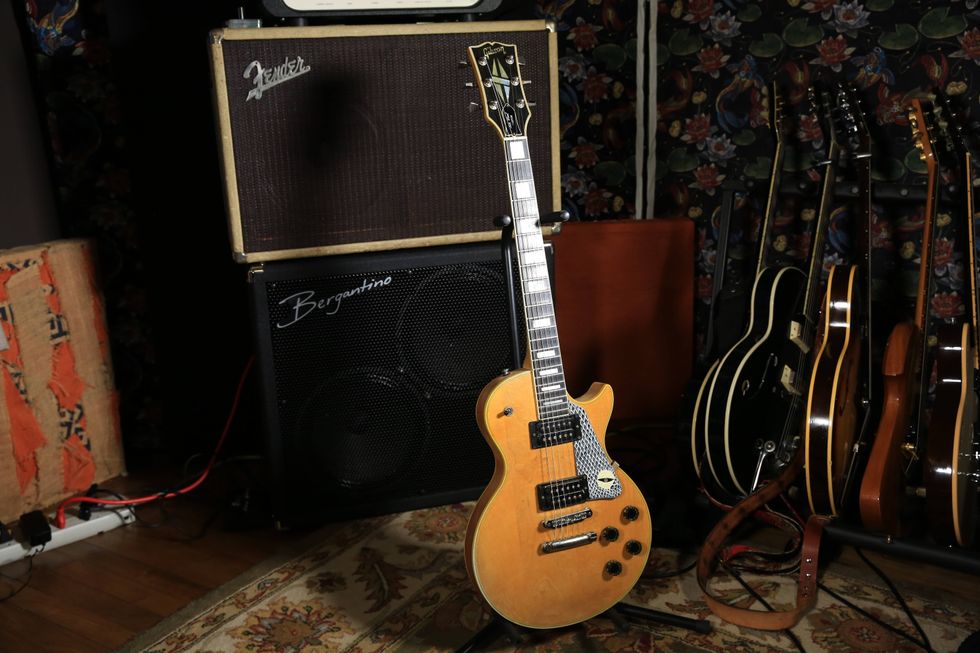
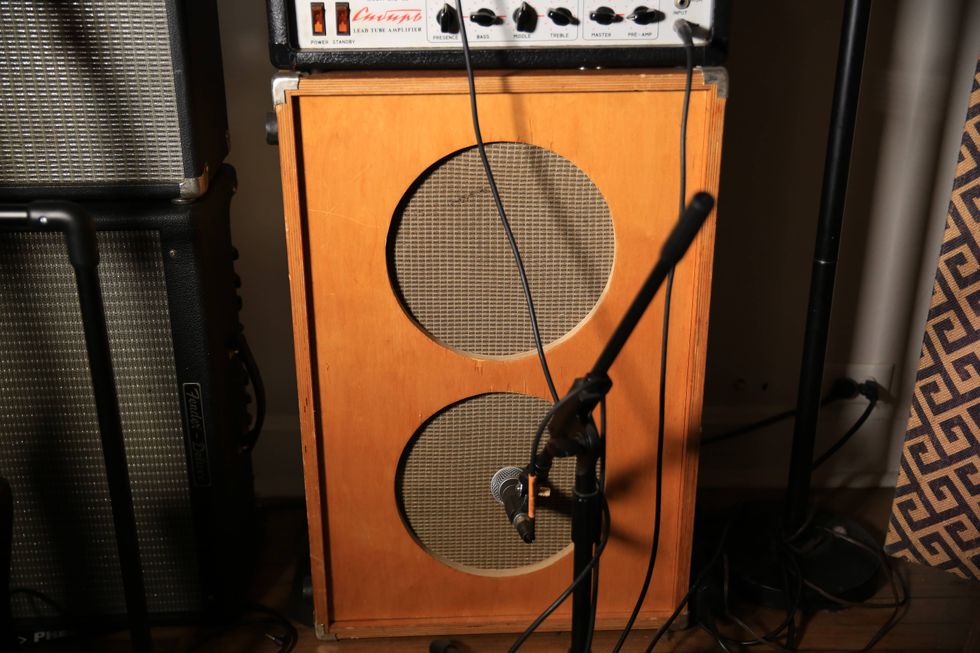
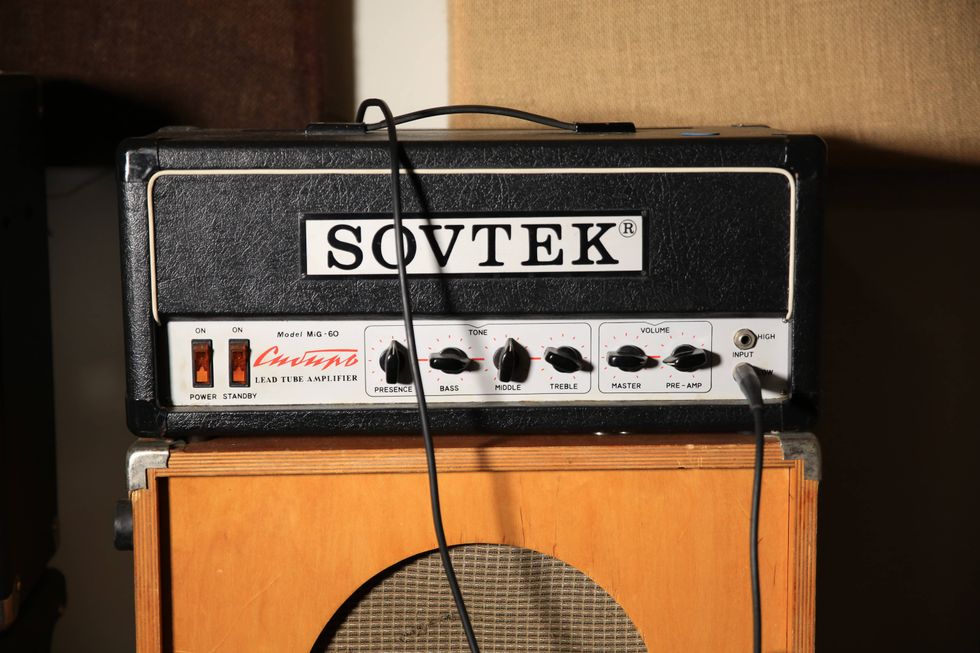 Zach loves his Sovtek Mig 60 head, which he plays through a cab he built himself at a pipe-organ shop in Denver. Every glue joint is lined with thin leather for maximum air tightness, and it’s stocked with Celestion G12M Greenback speakers.
Zach loves his Sovtek Mig 60 head, which he plays through a cab he built himself at a pipe-organ shop in Denver. Every glue joint is lined with thin leather for maximum air tightness, and it’s stocked with Celestion G12M Greenback speakers.